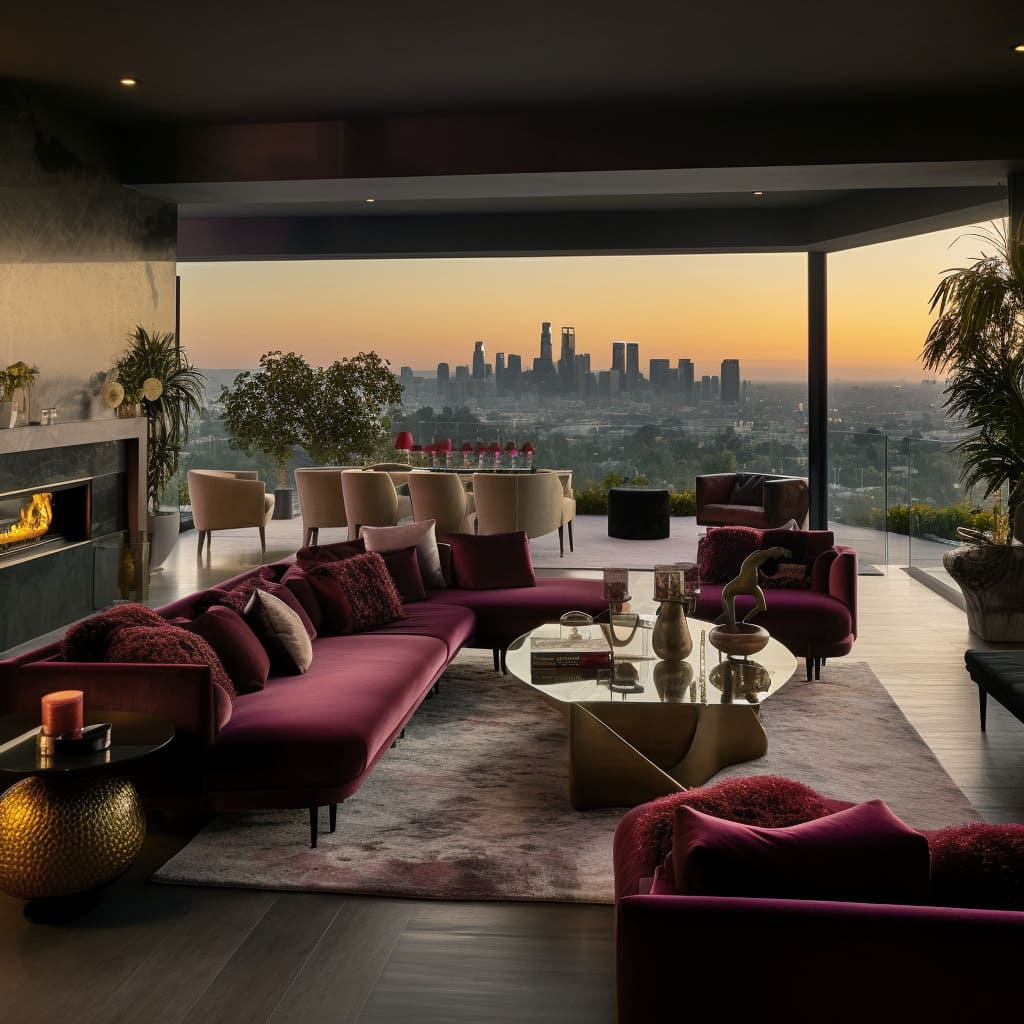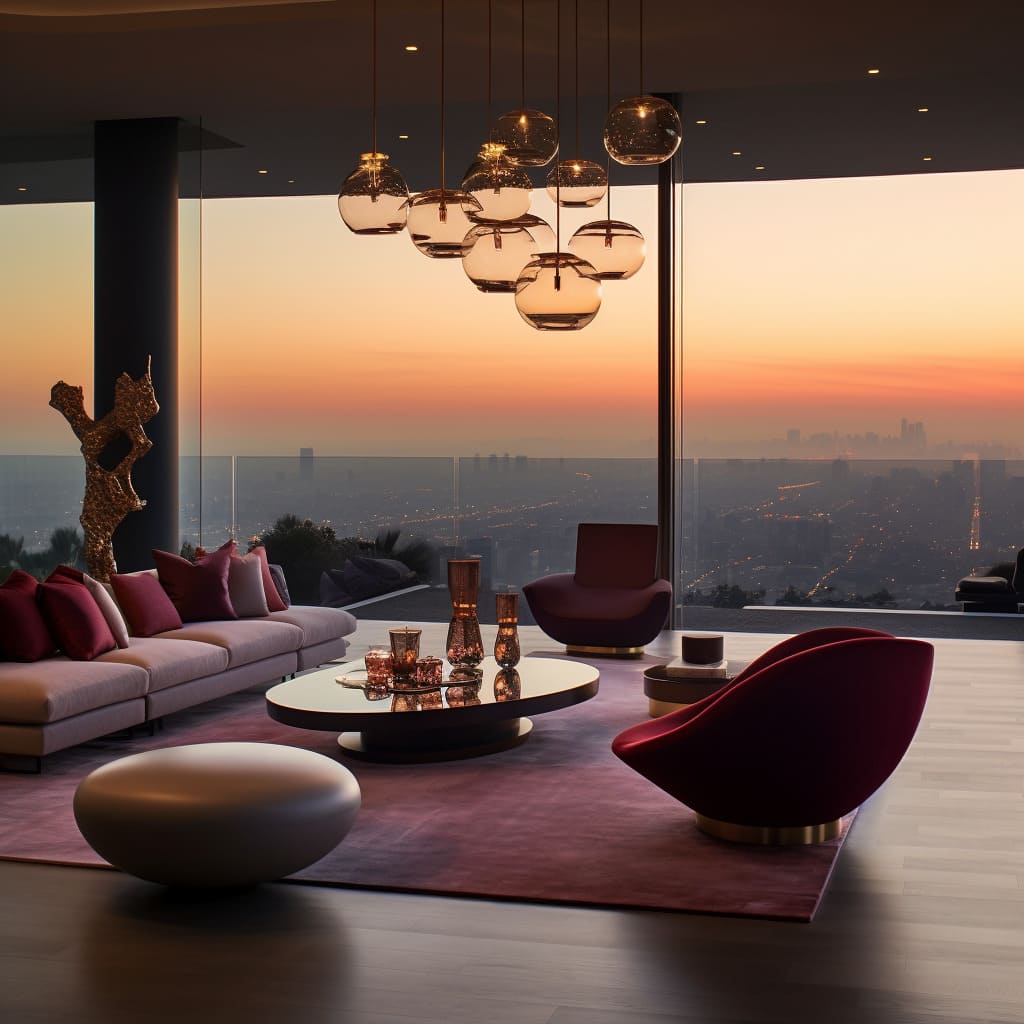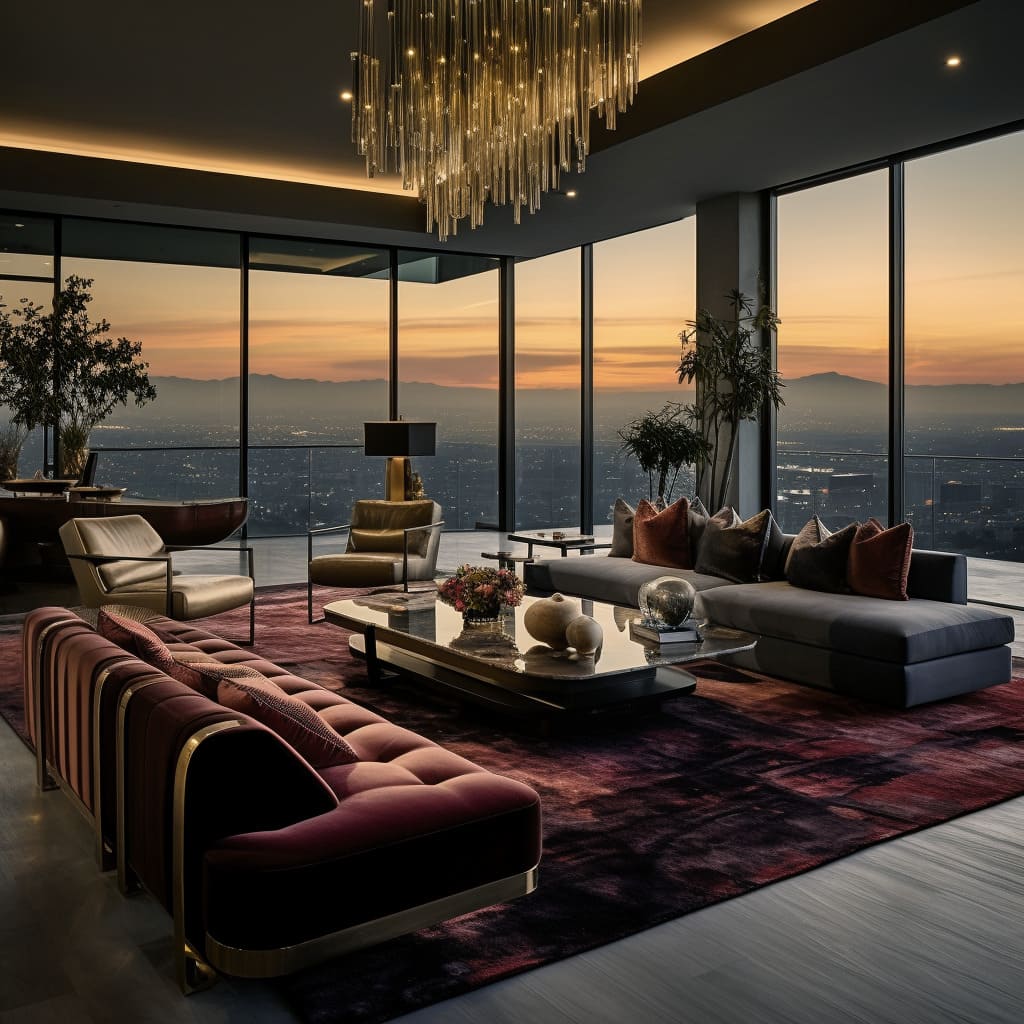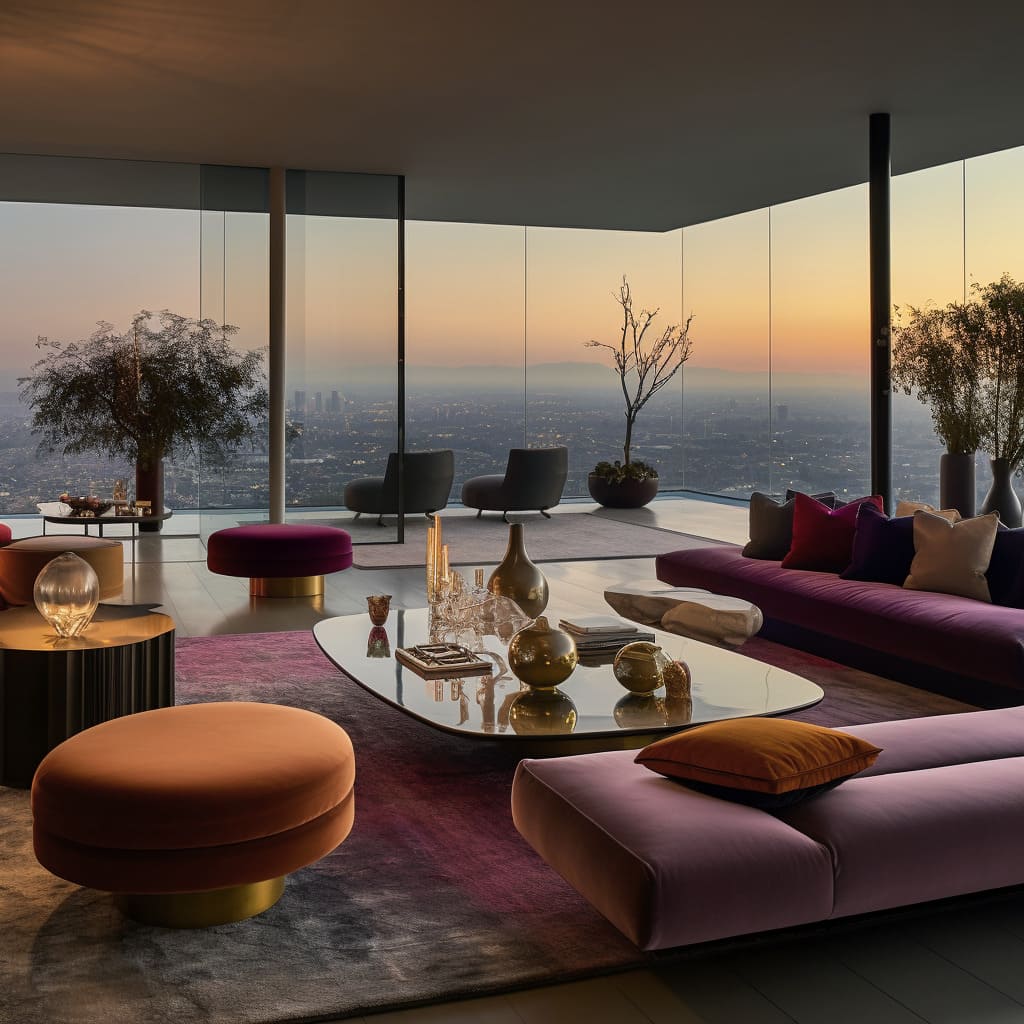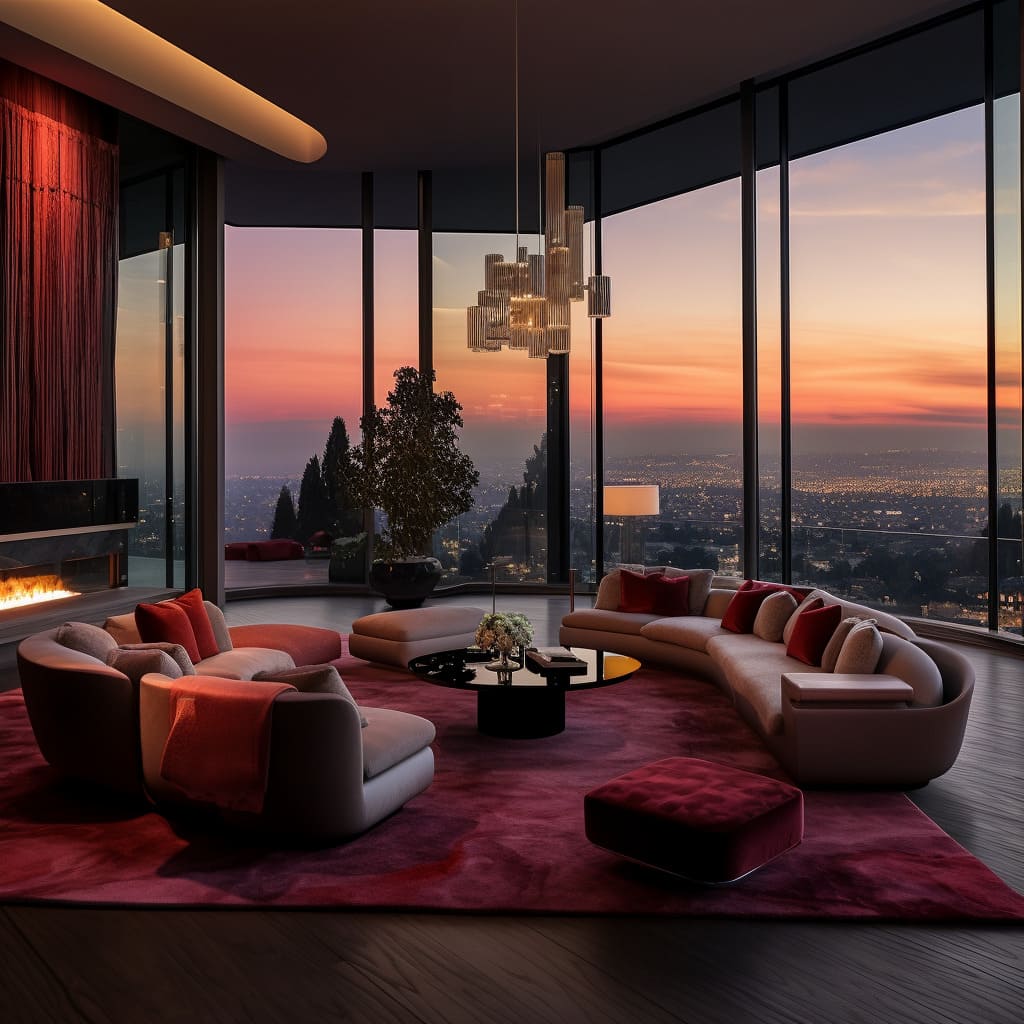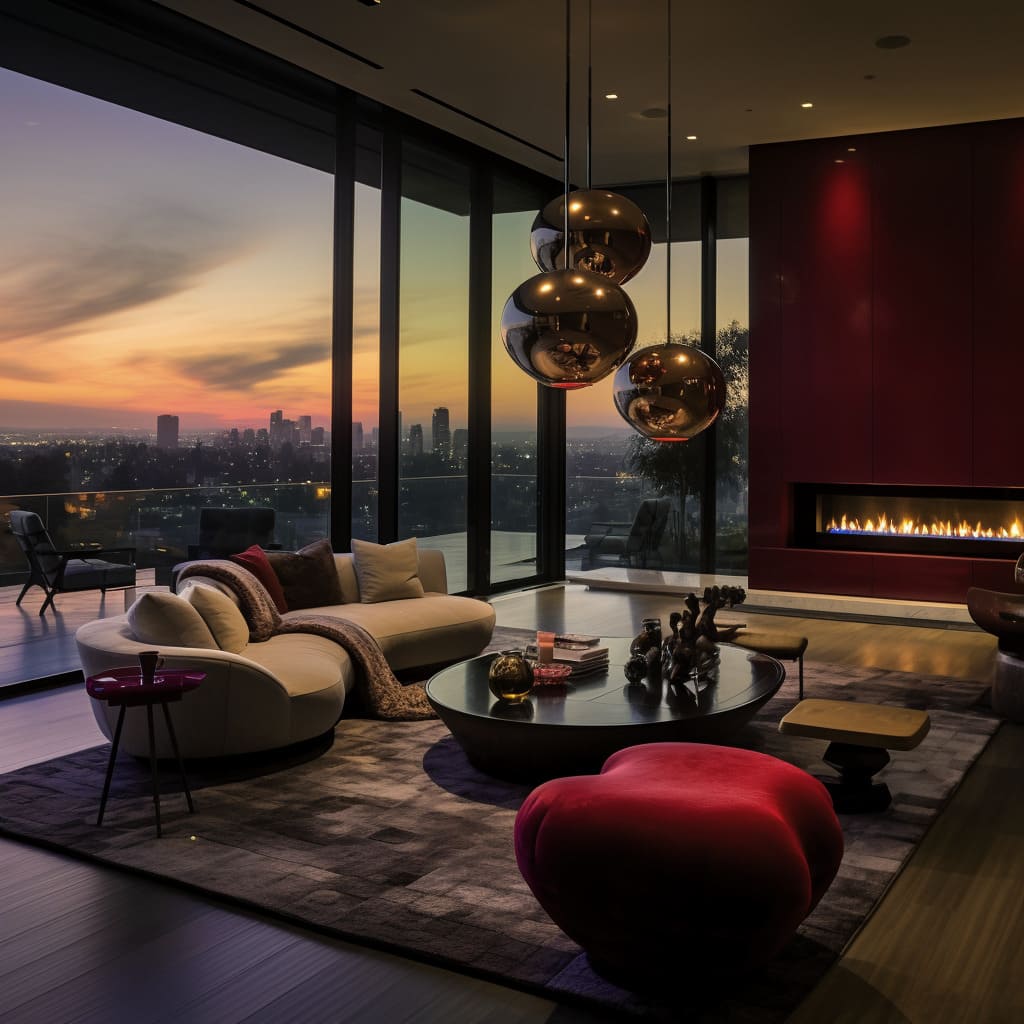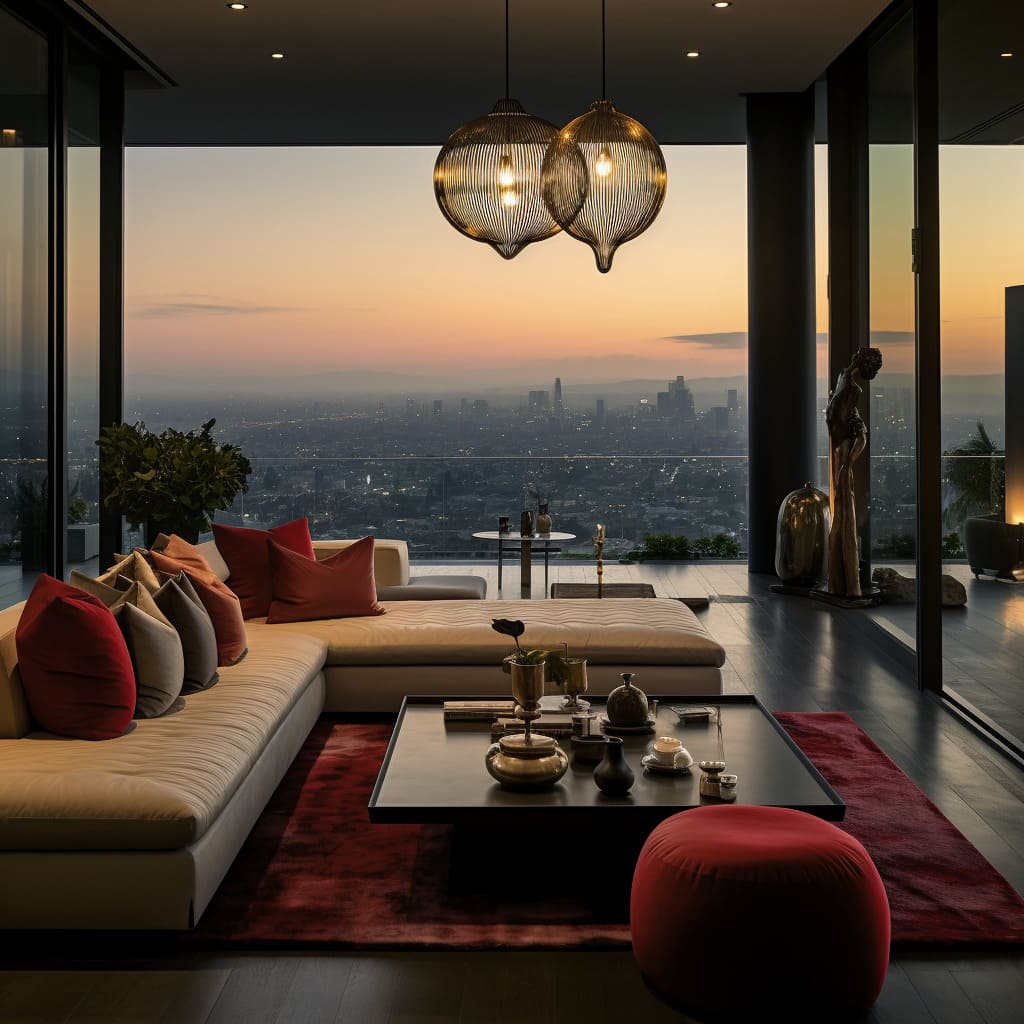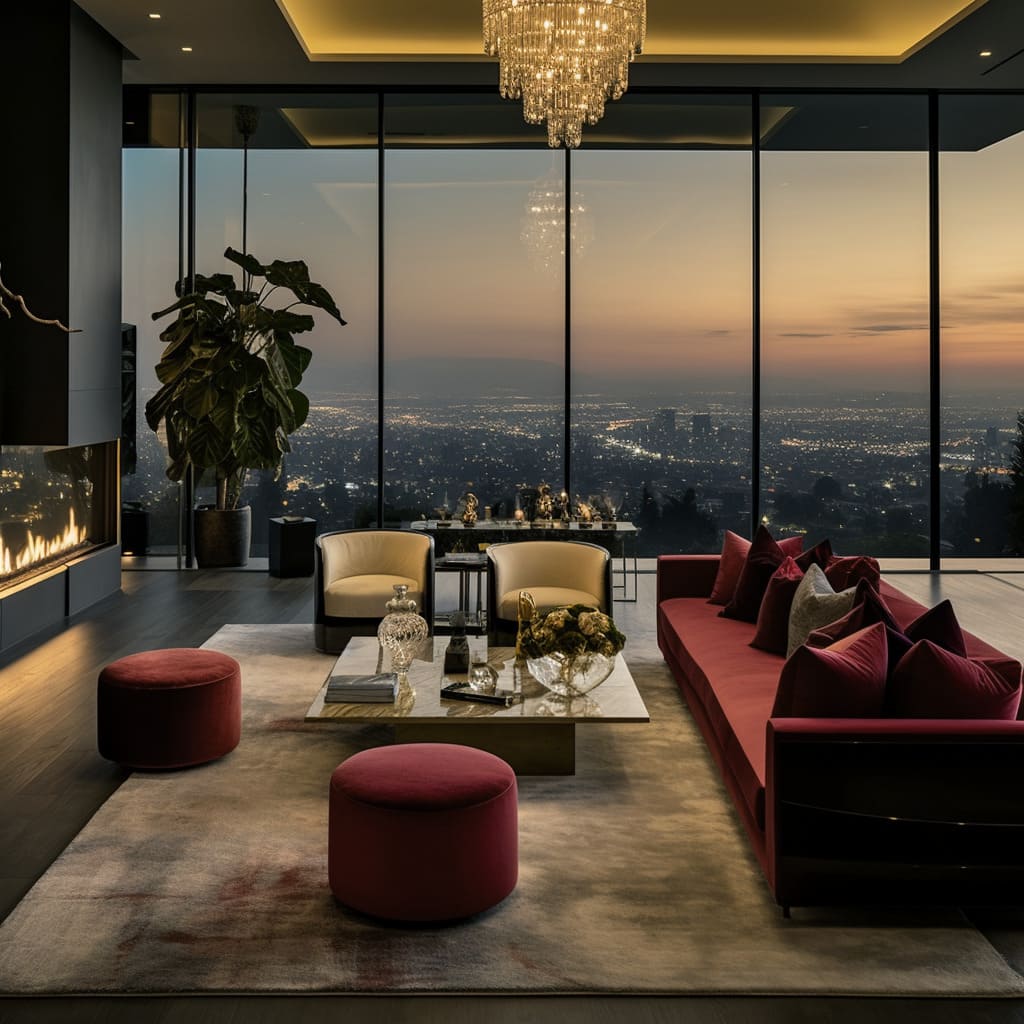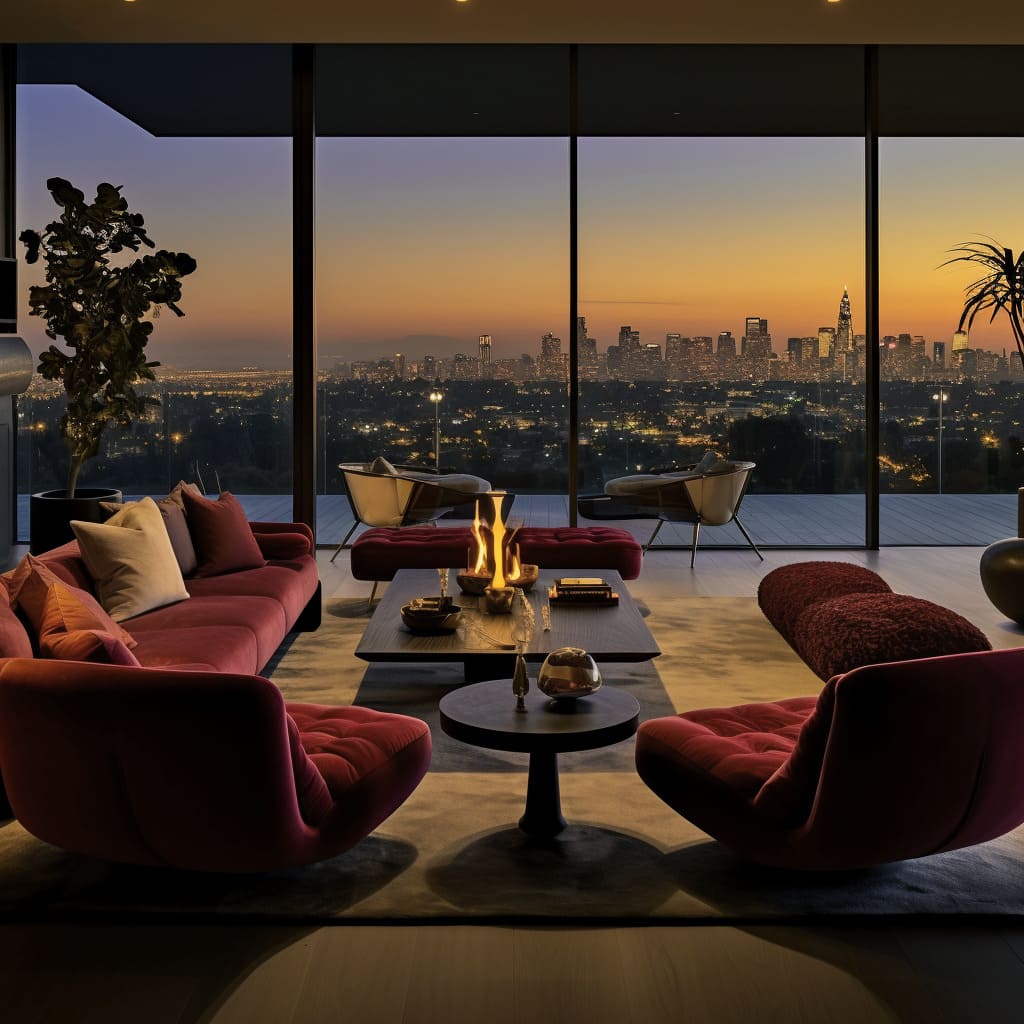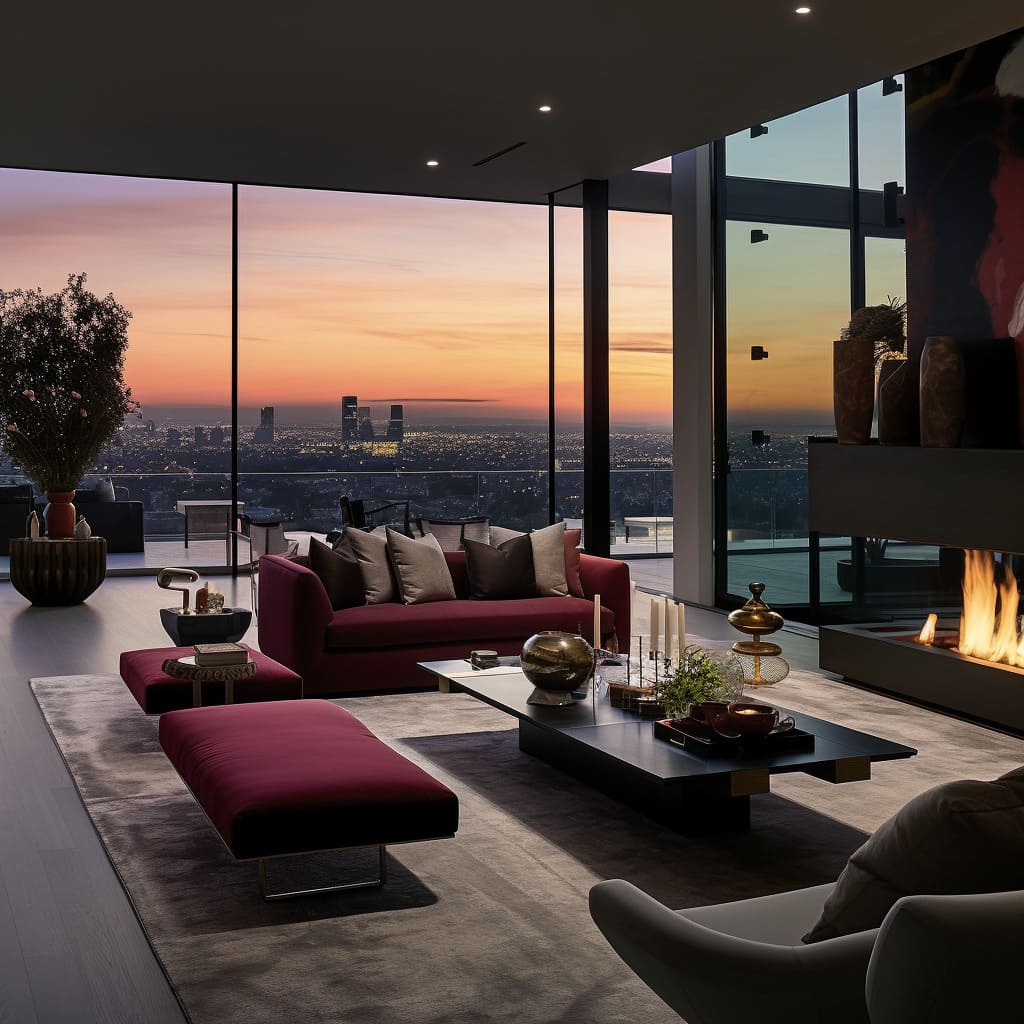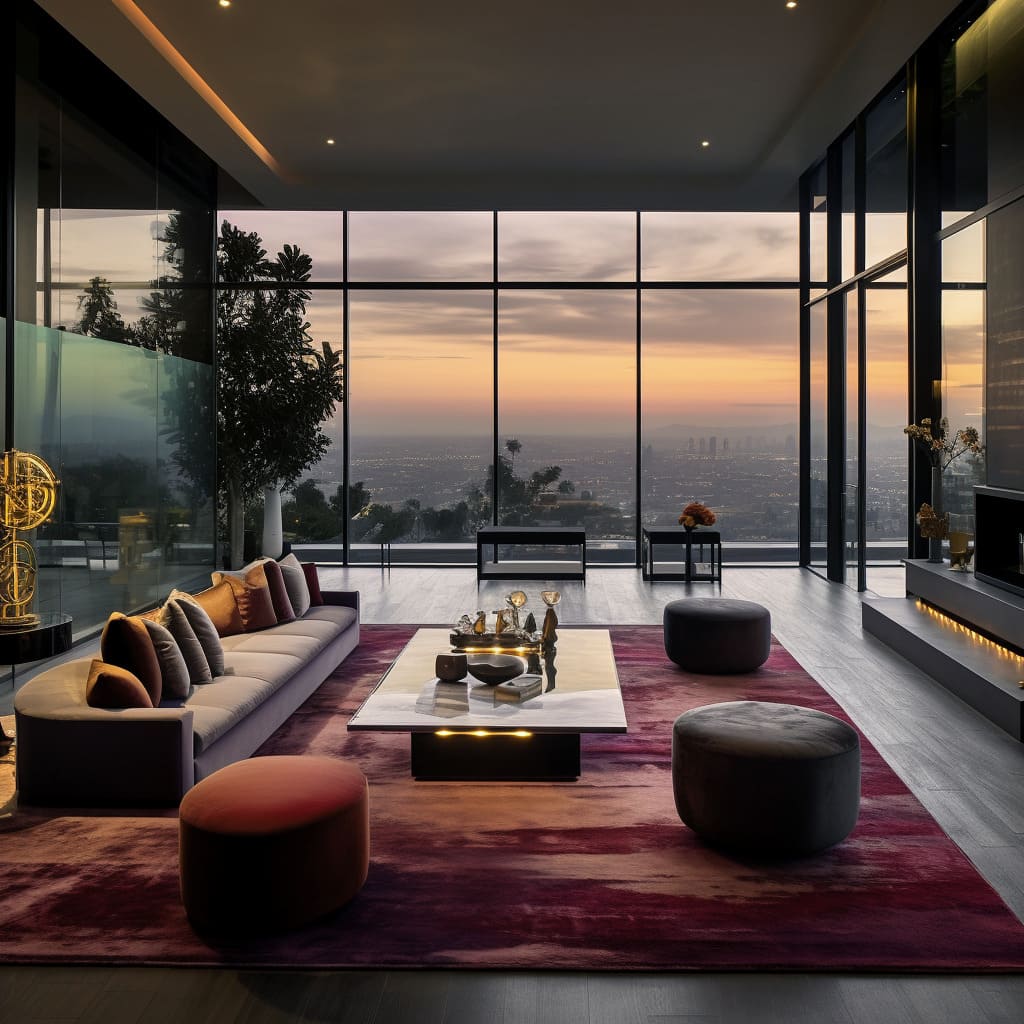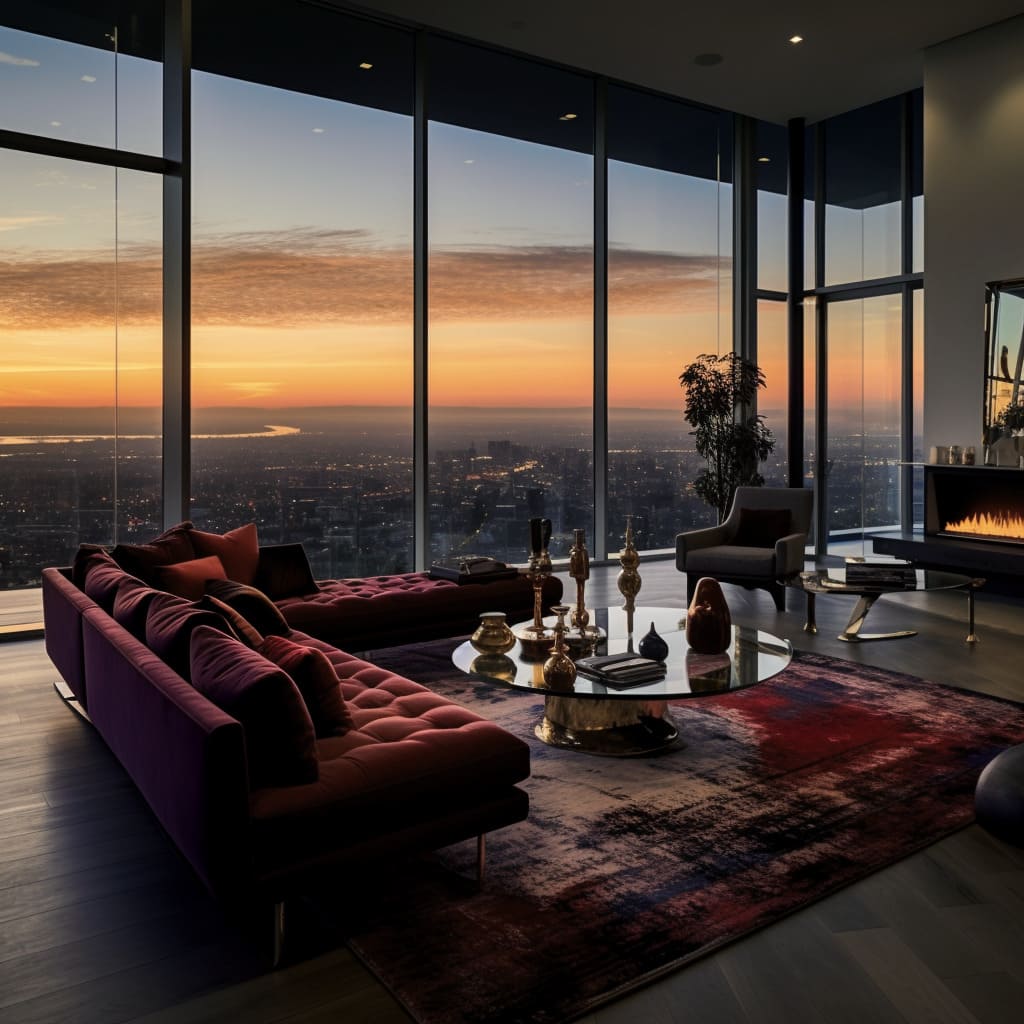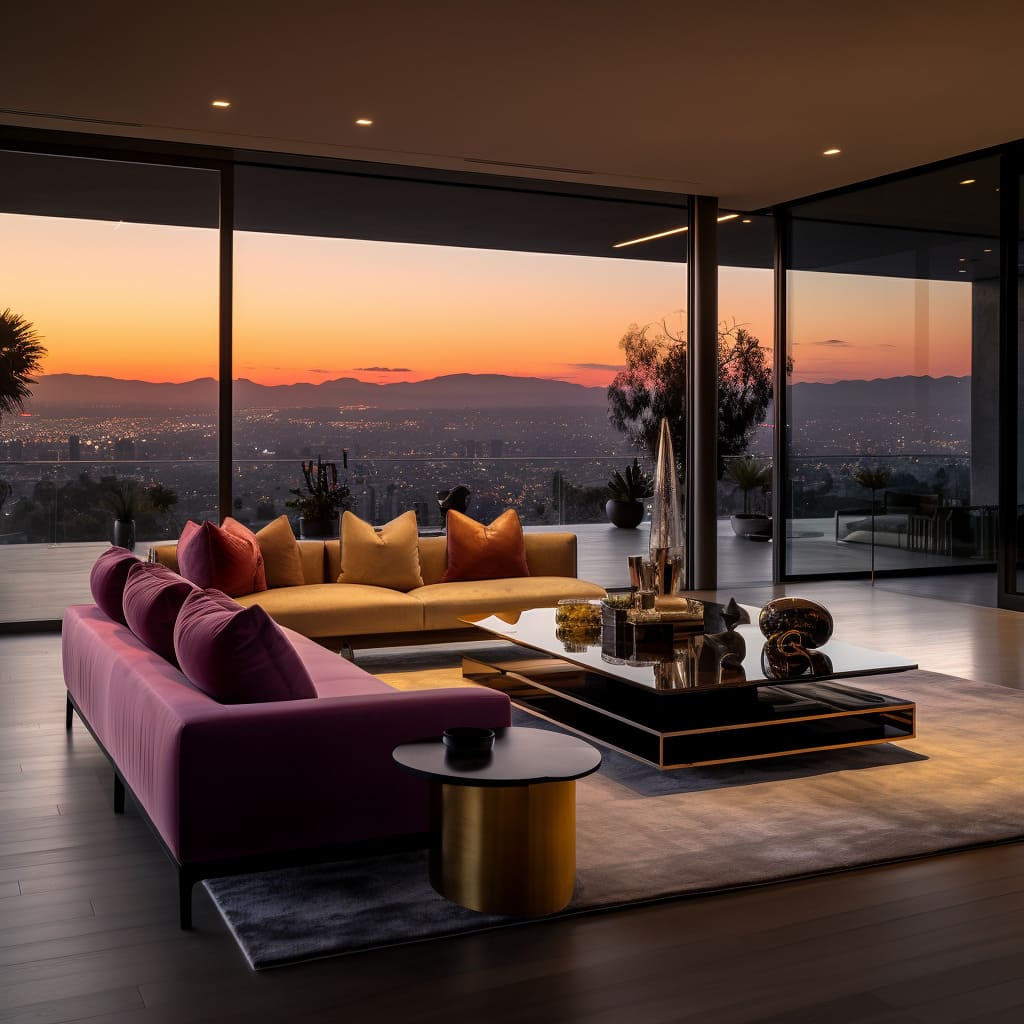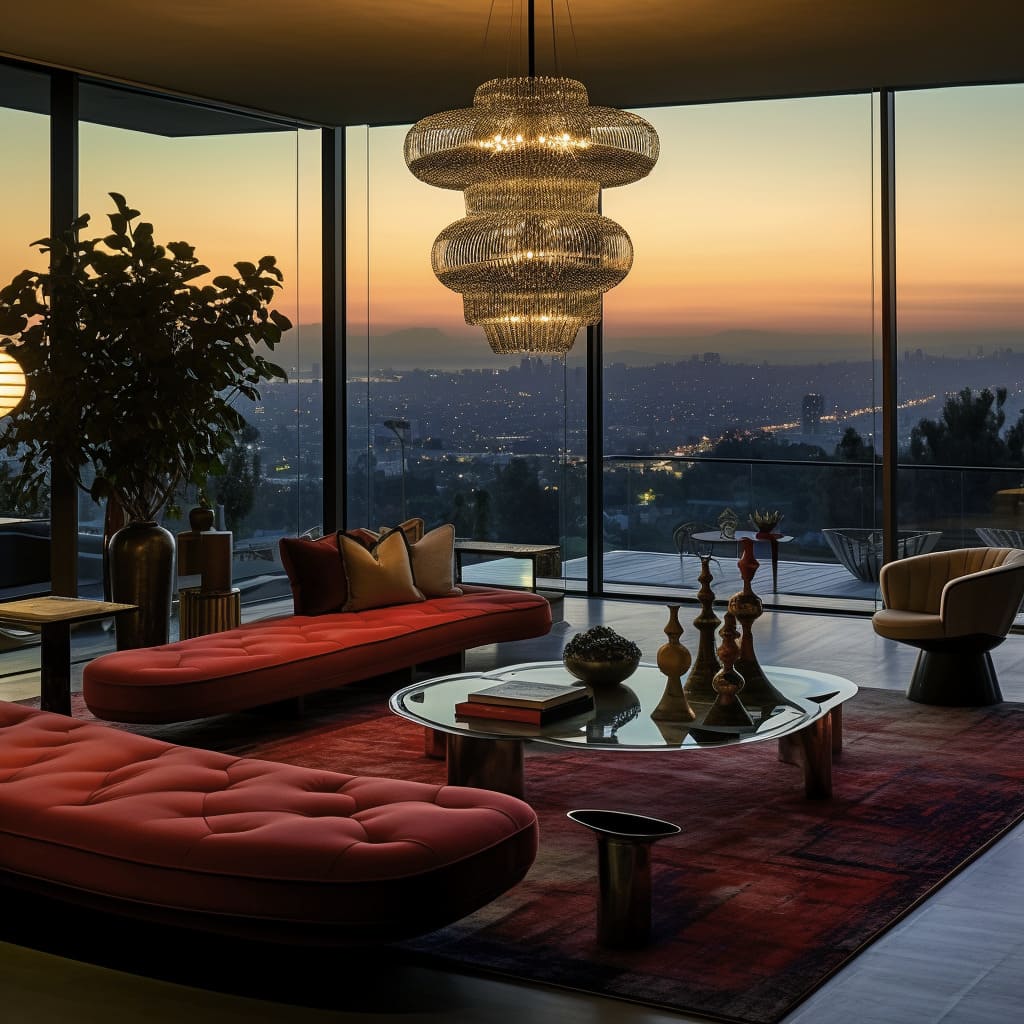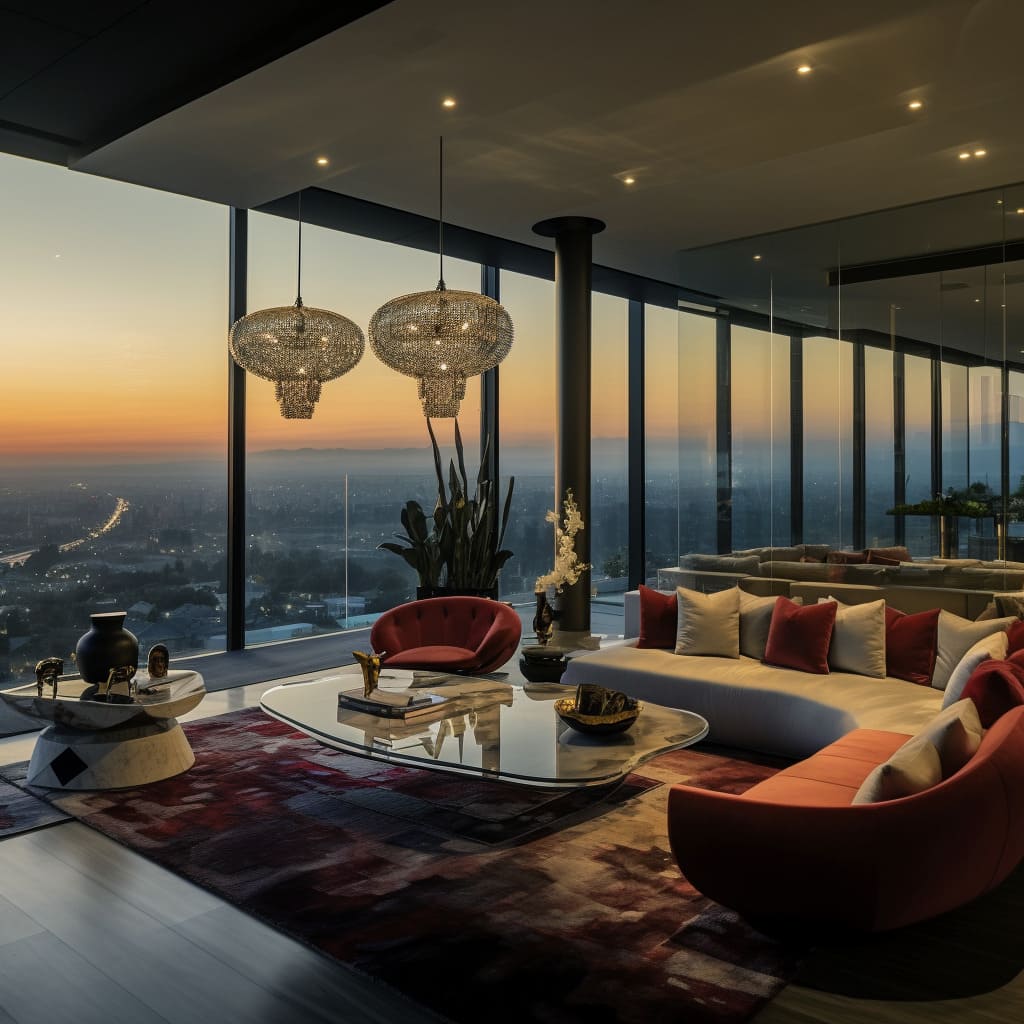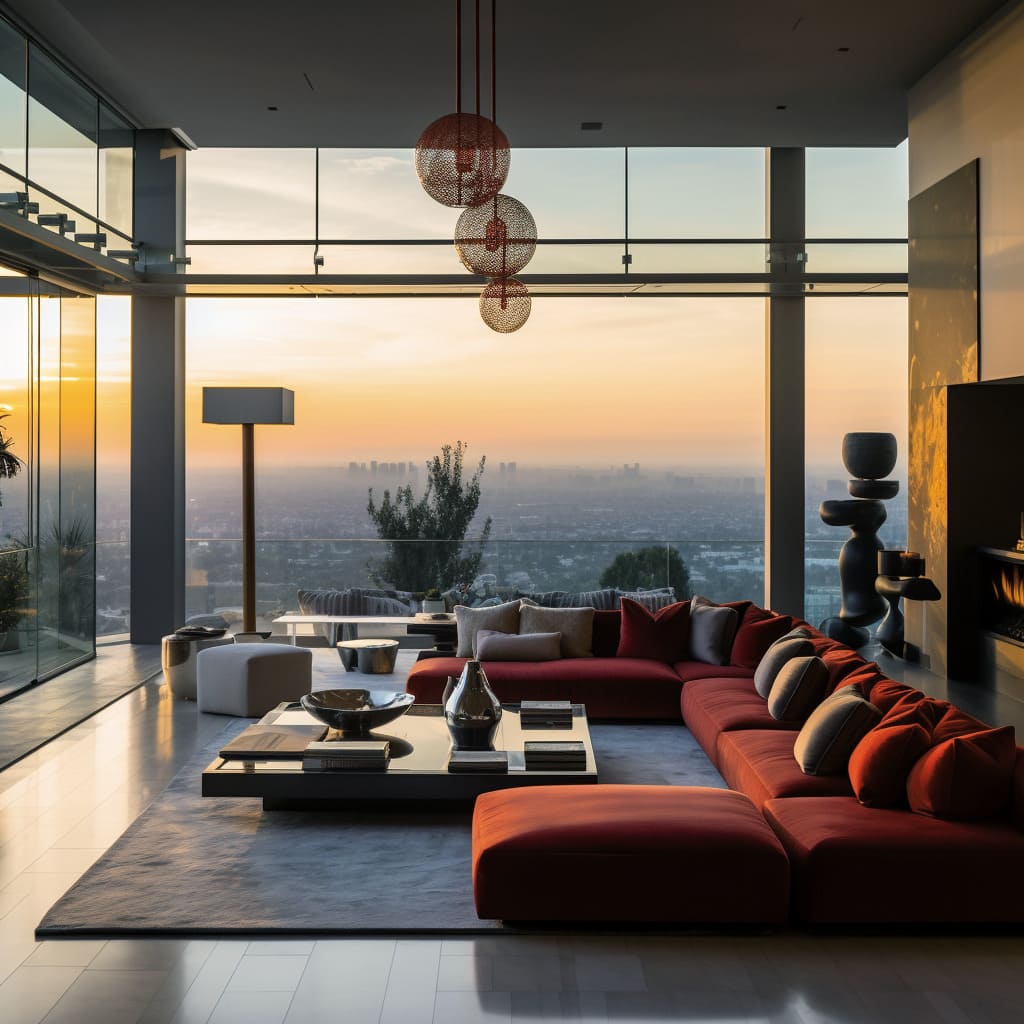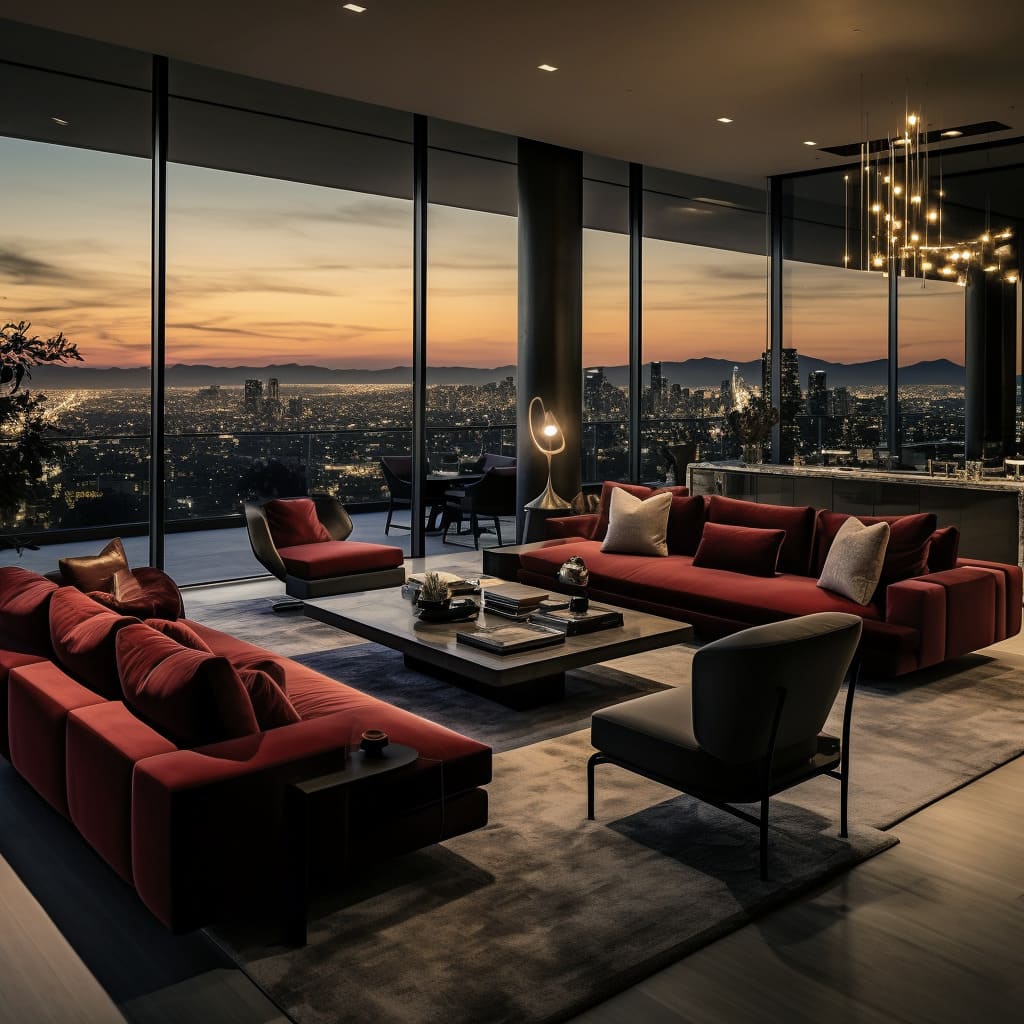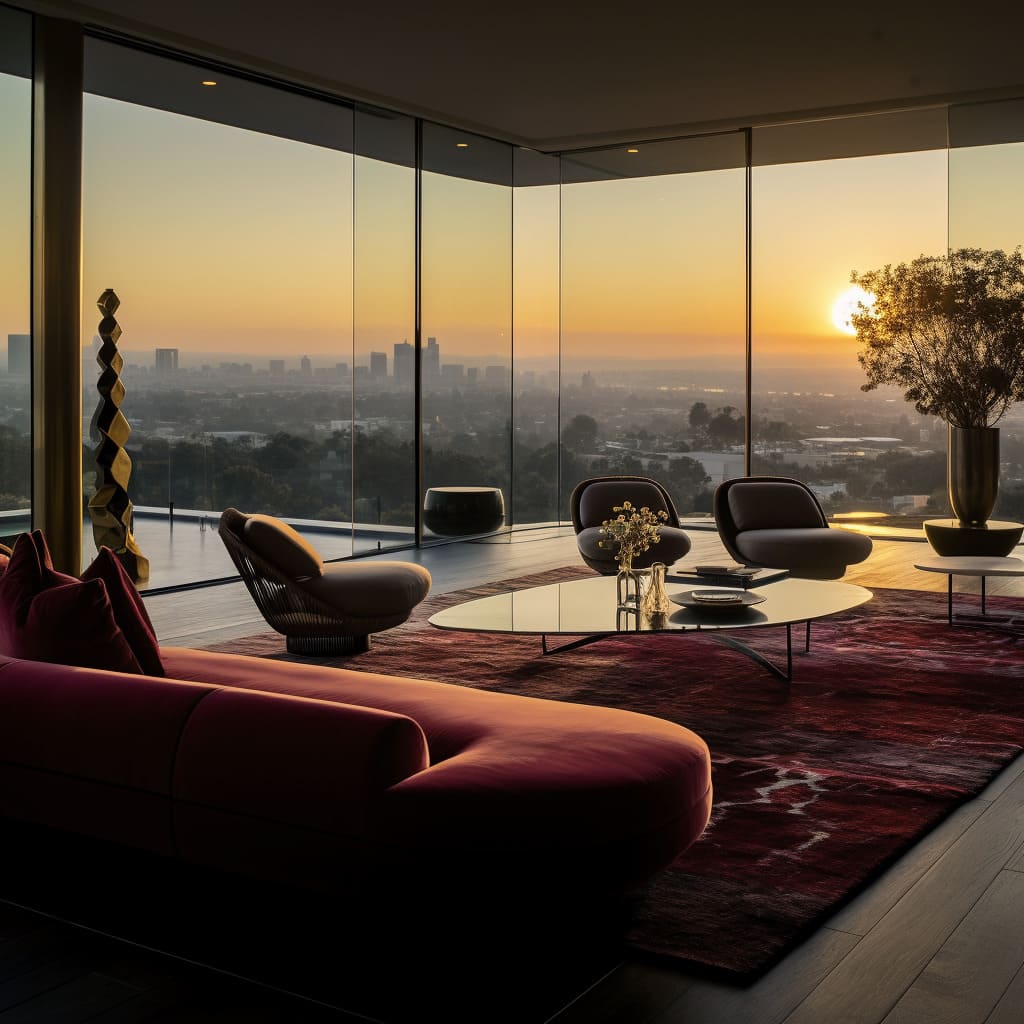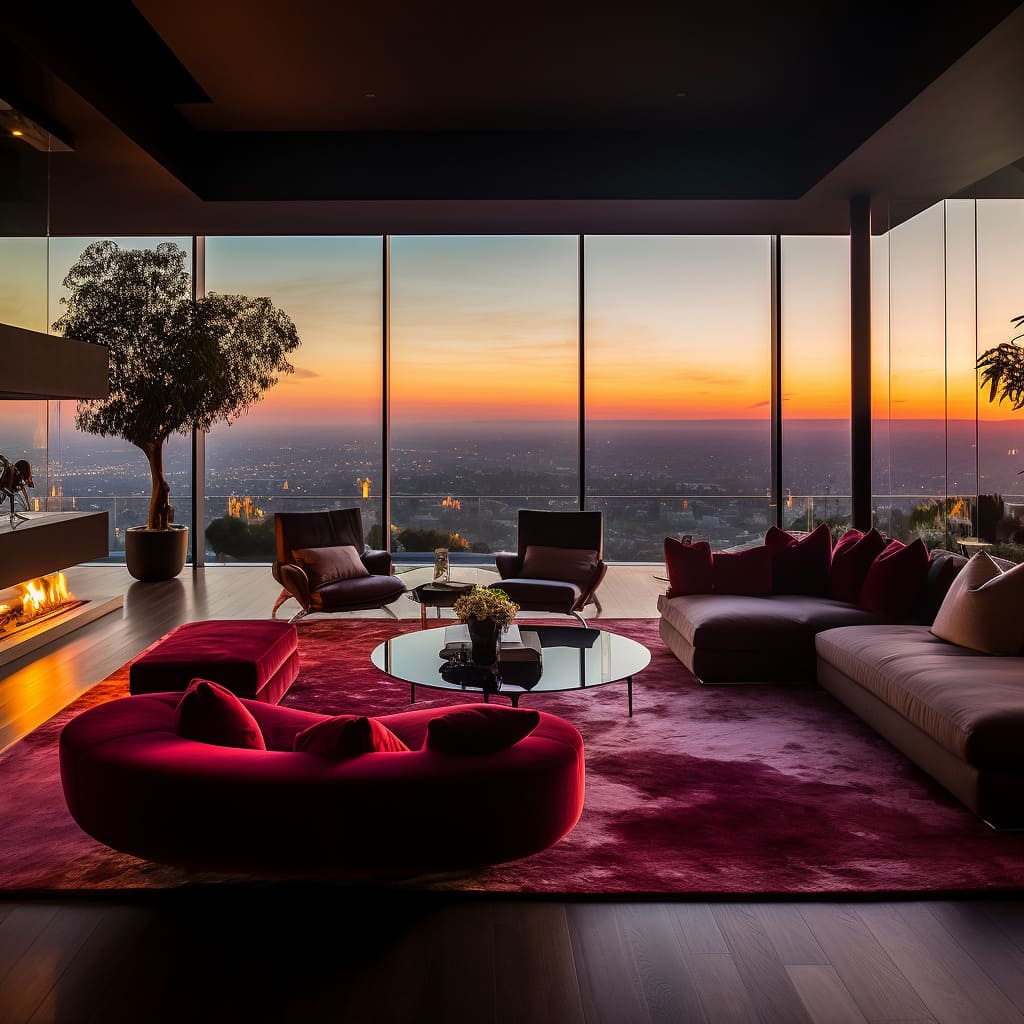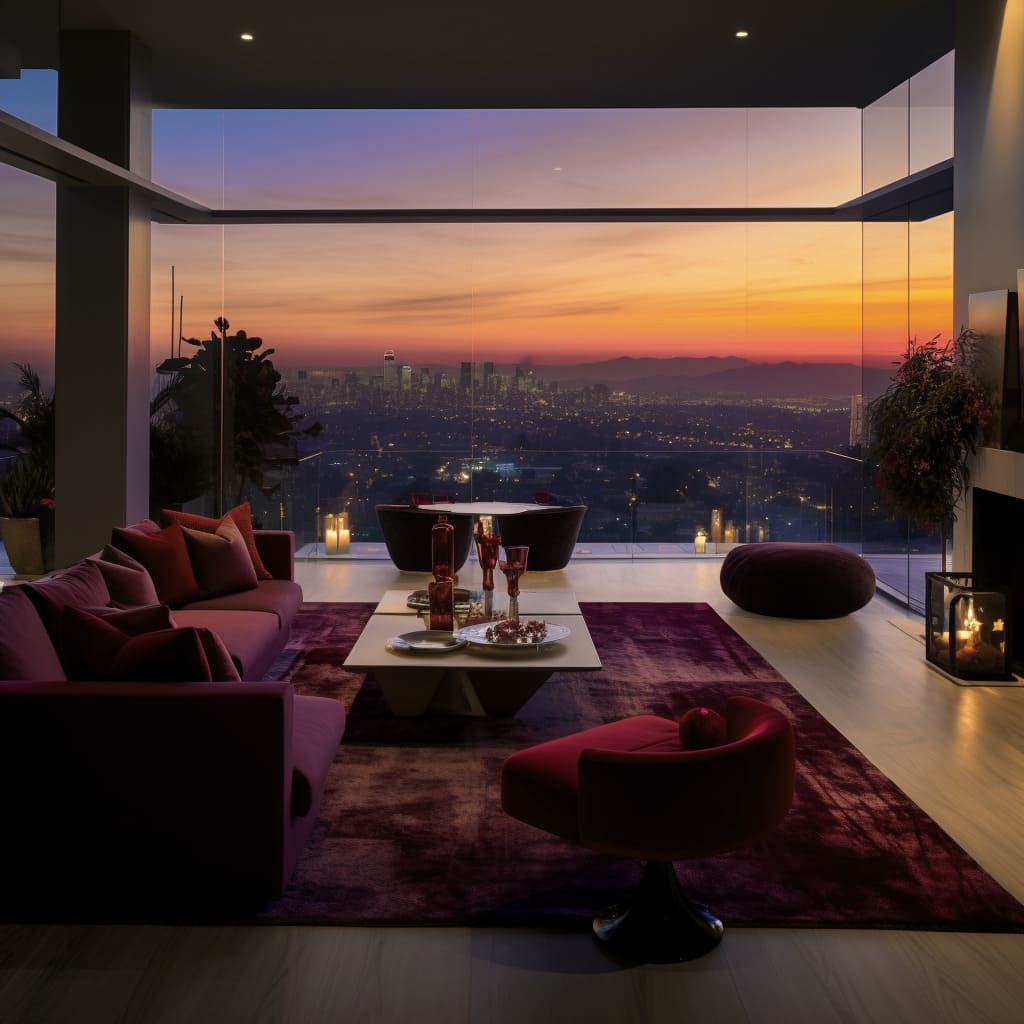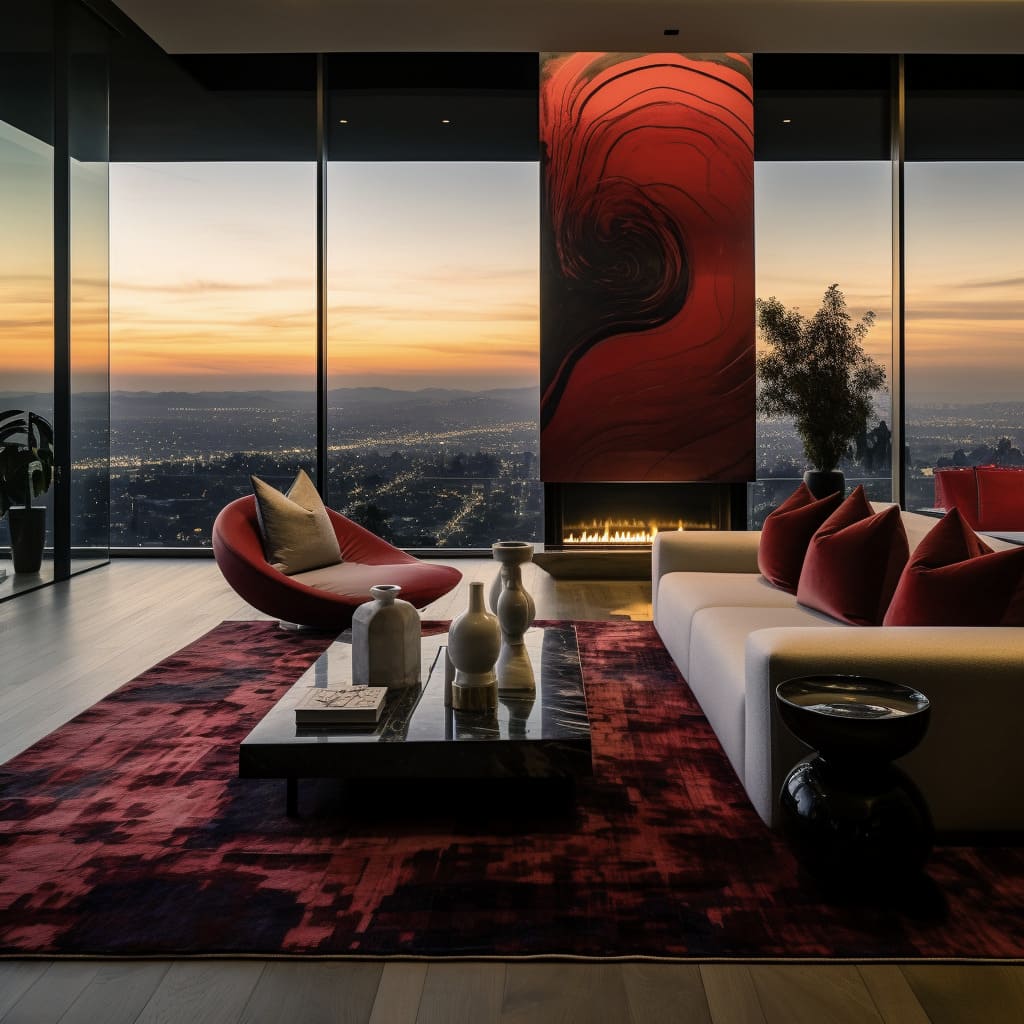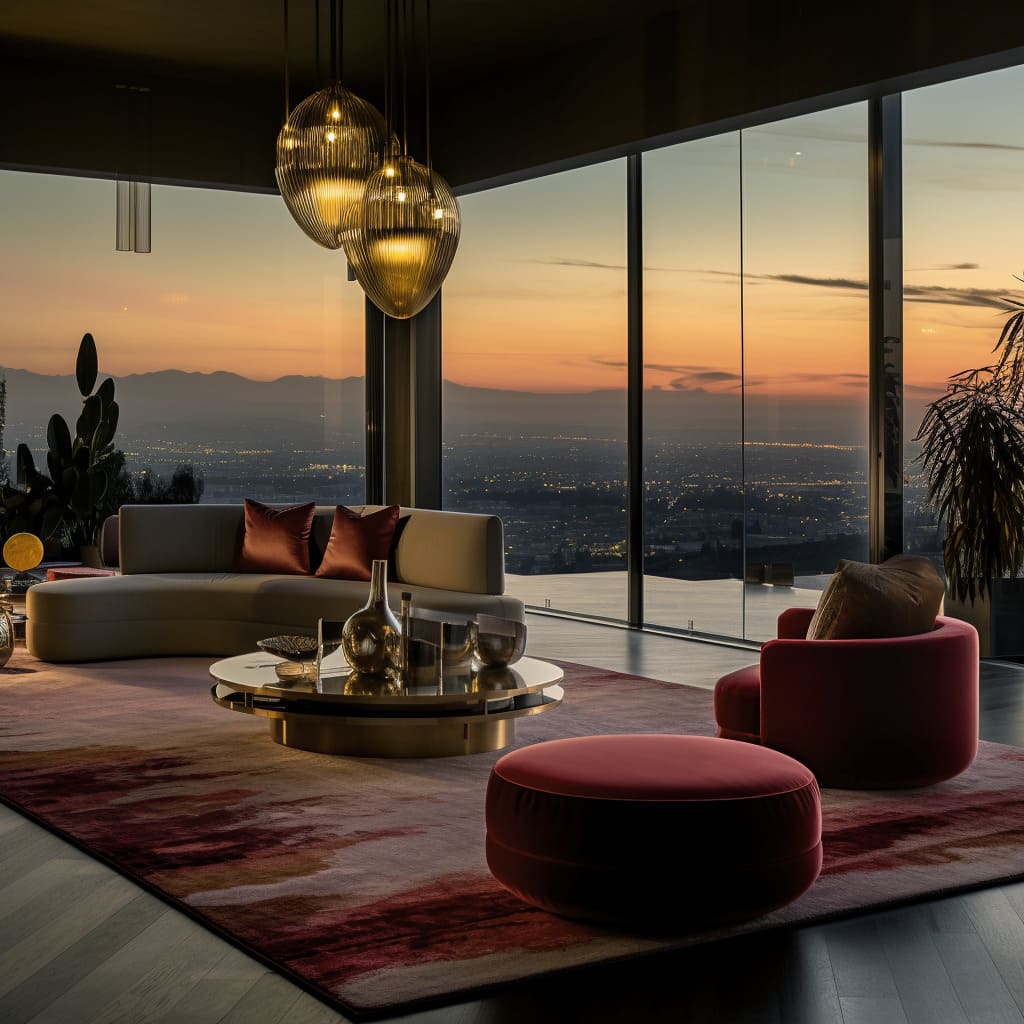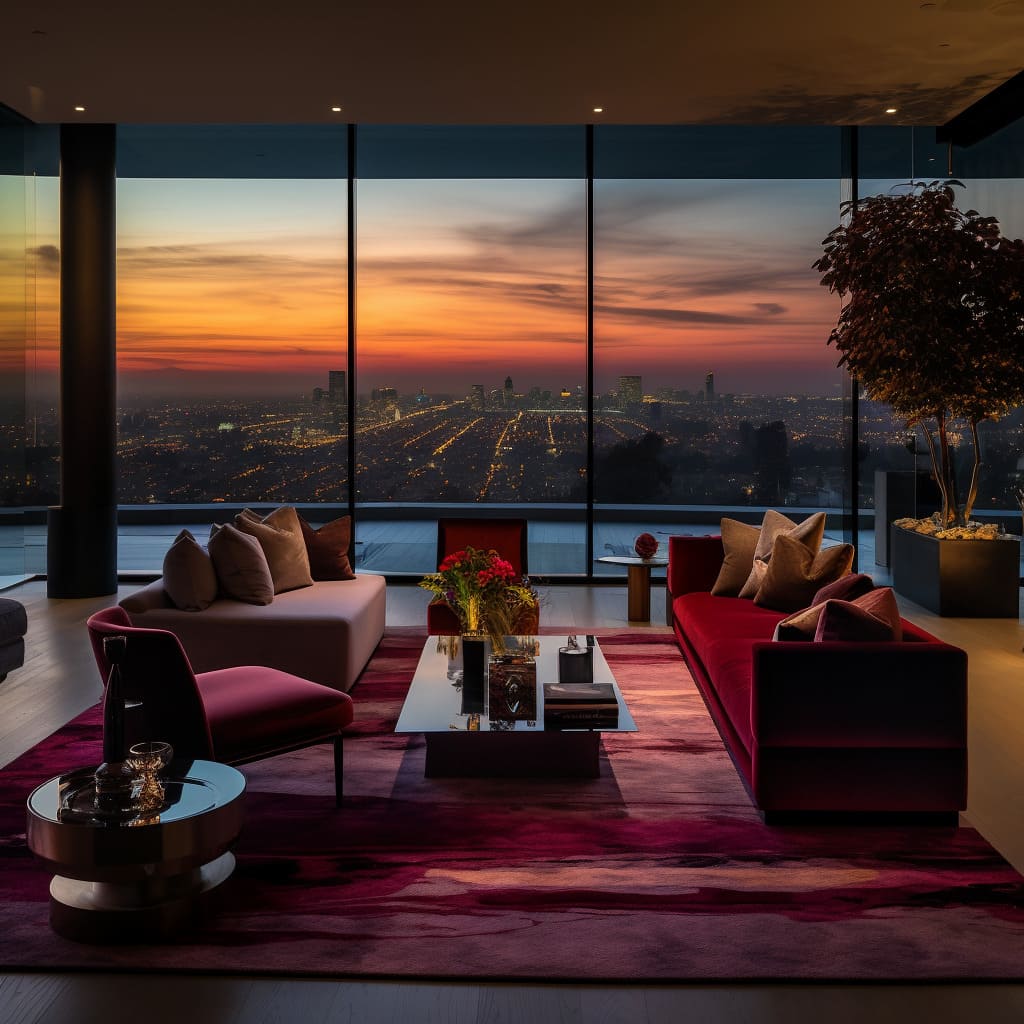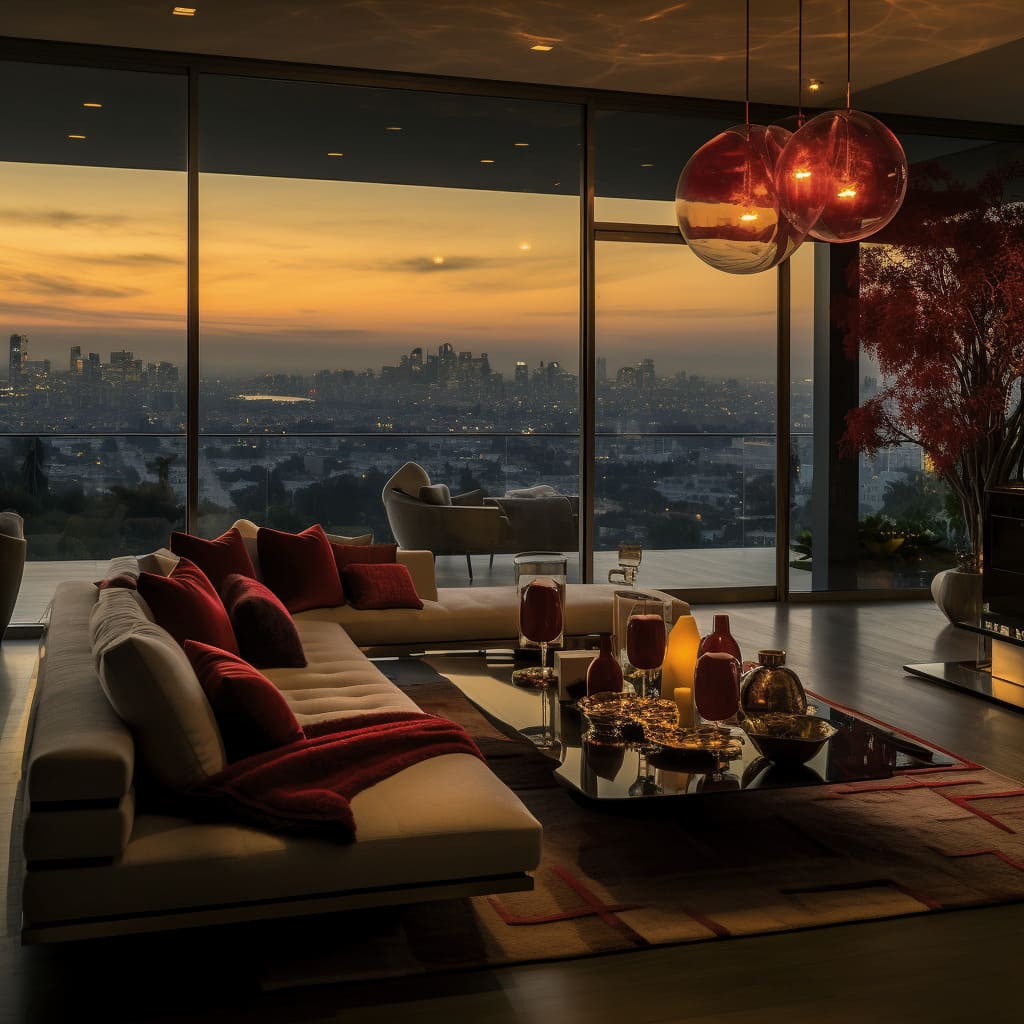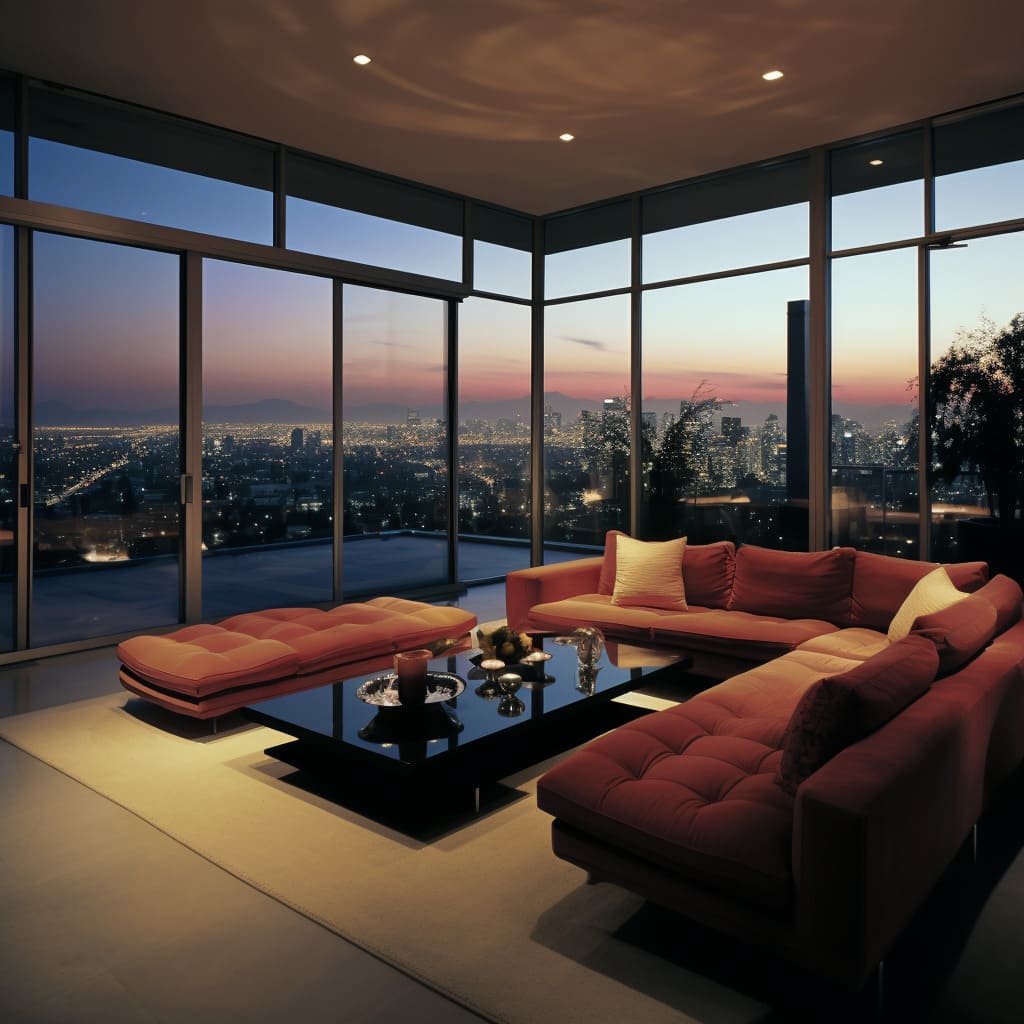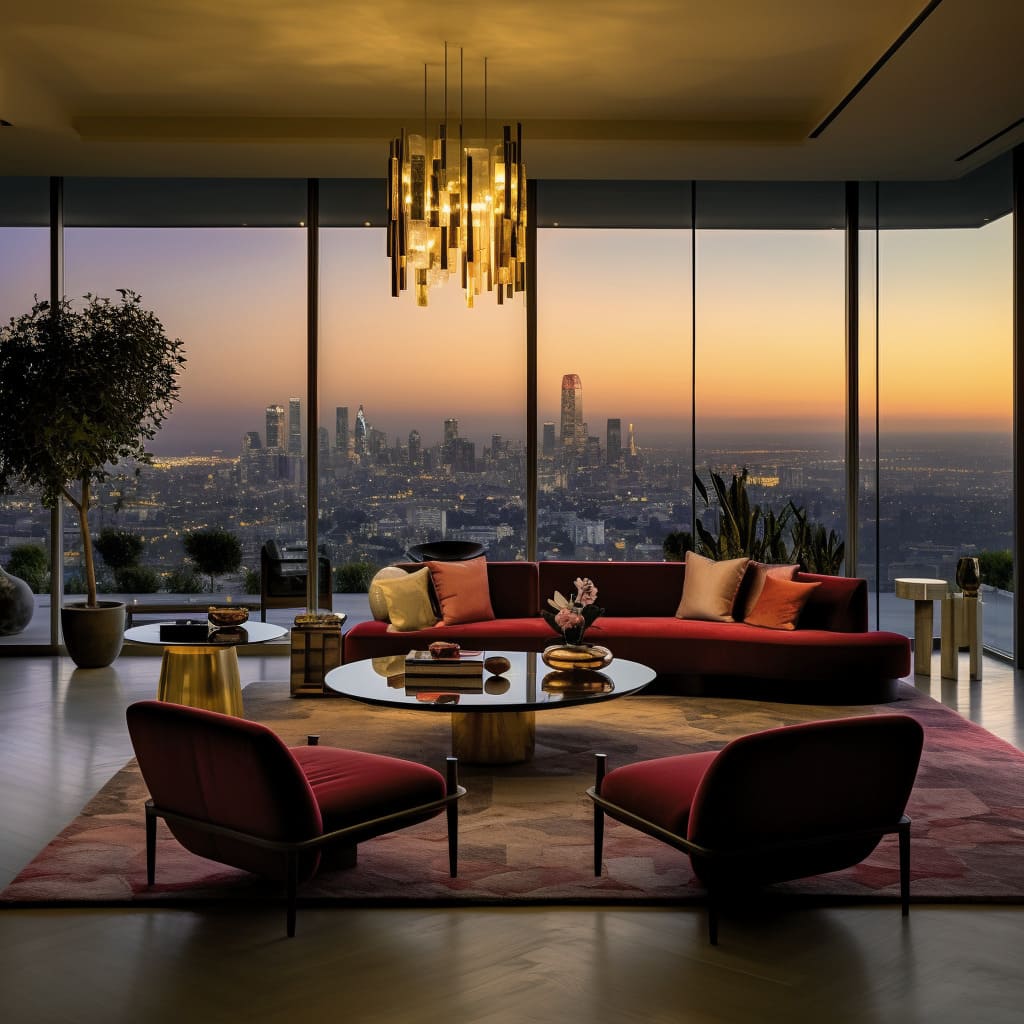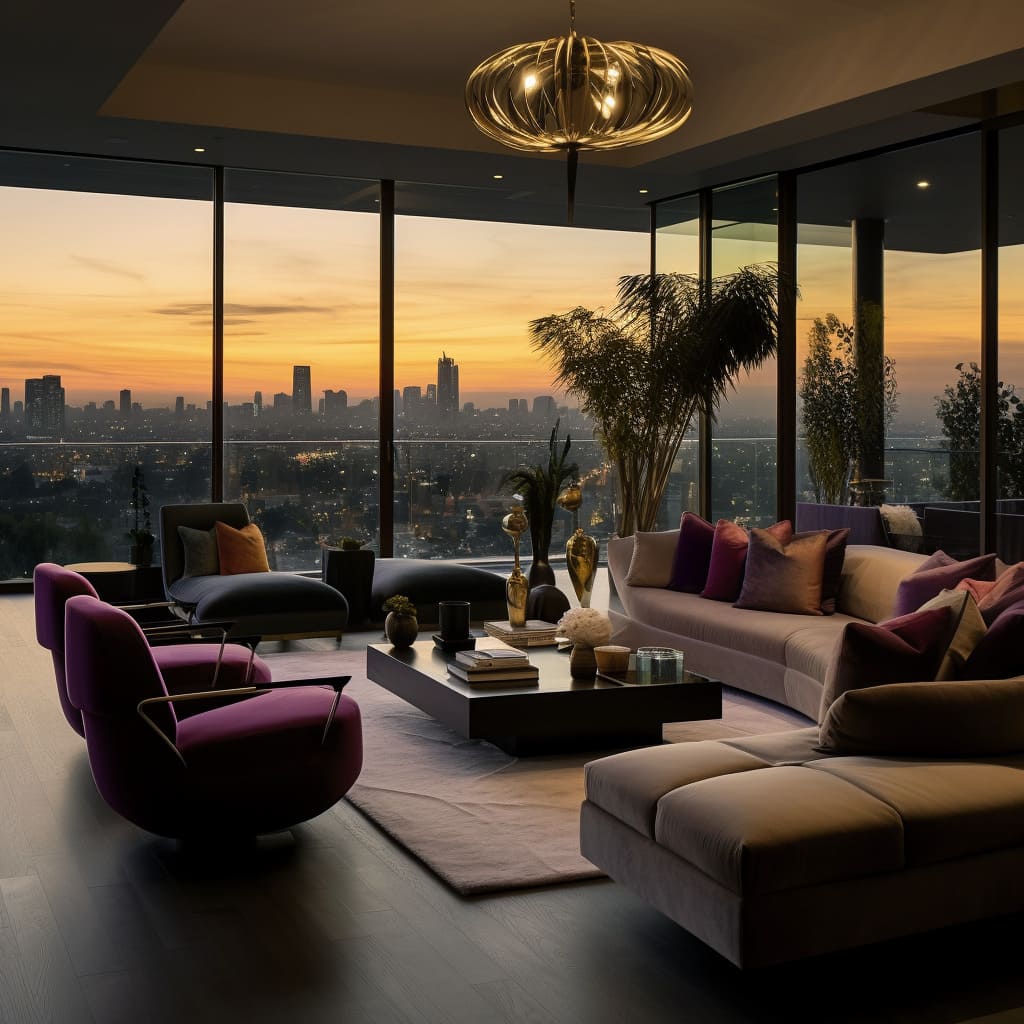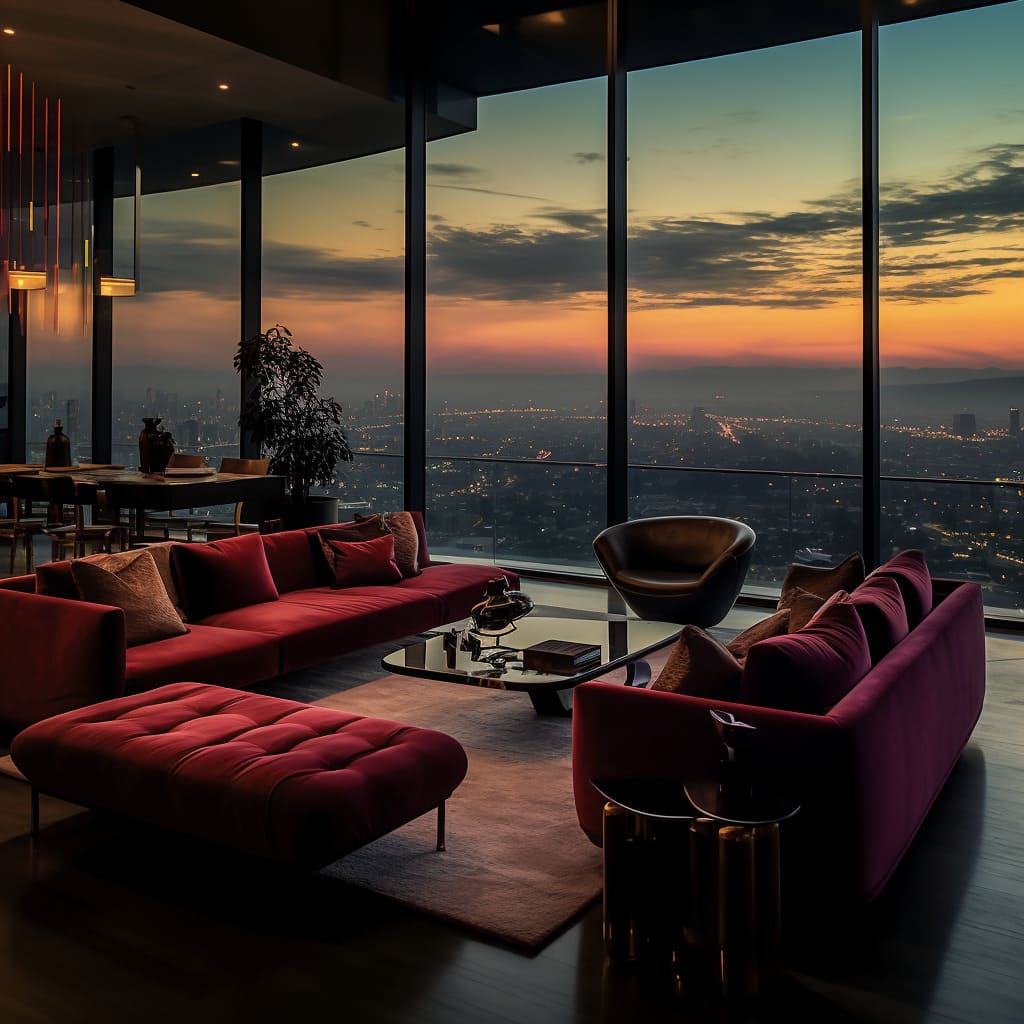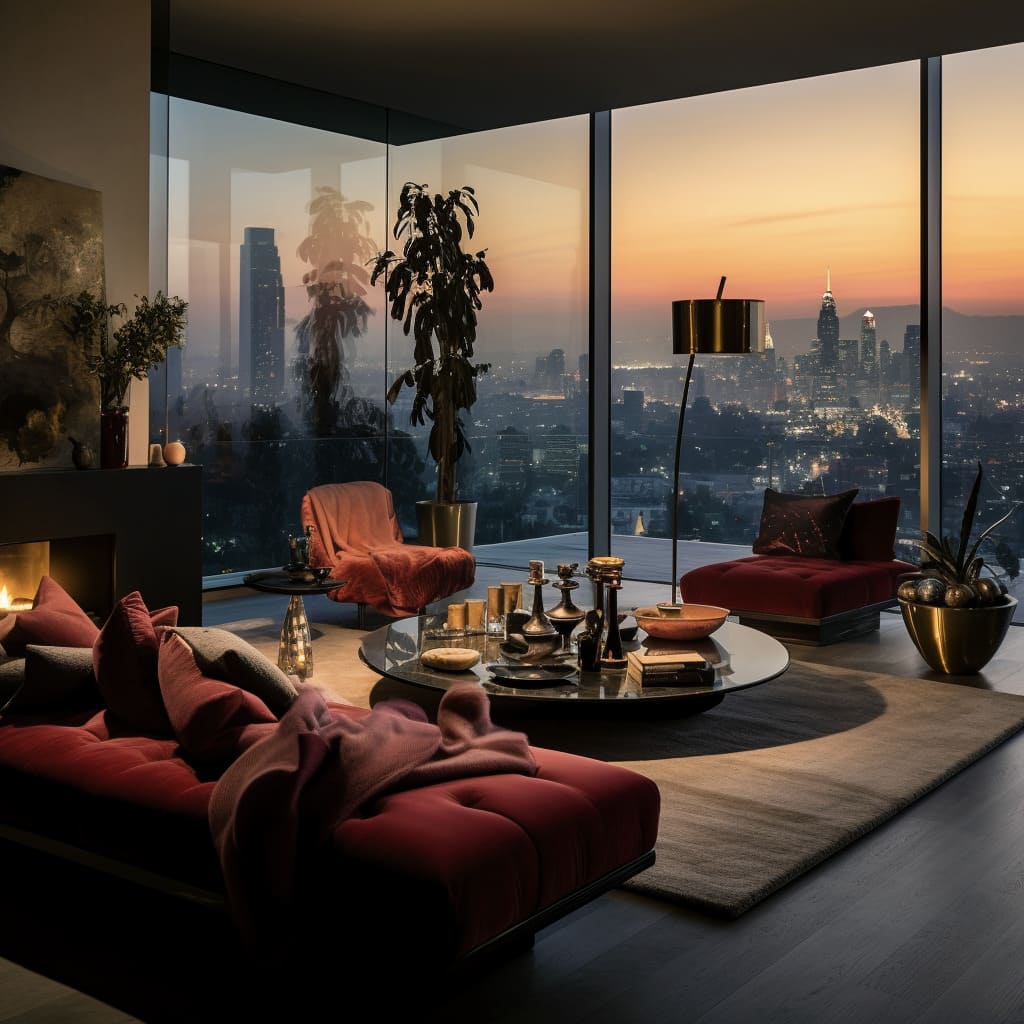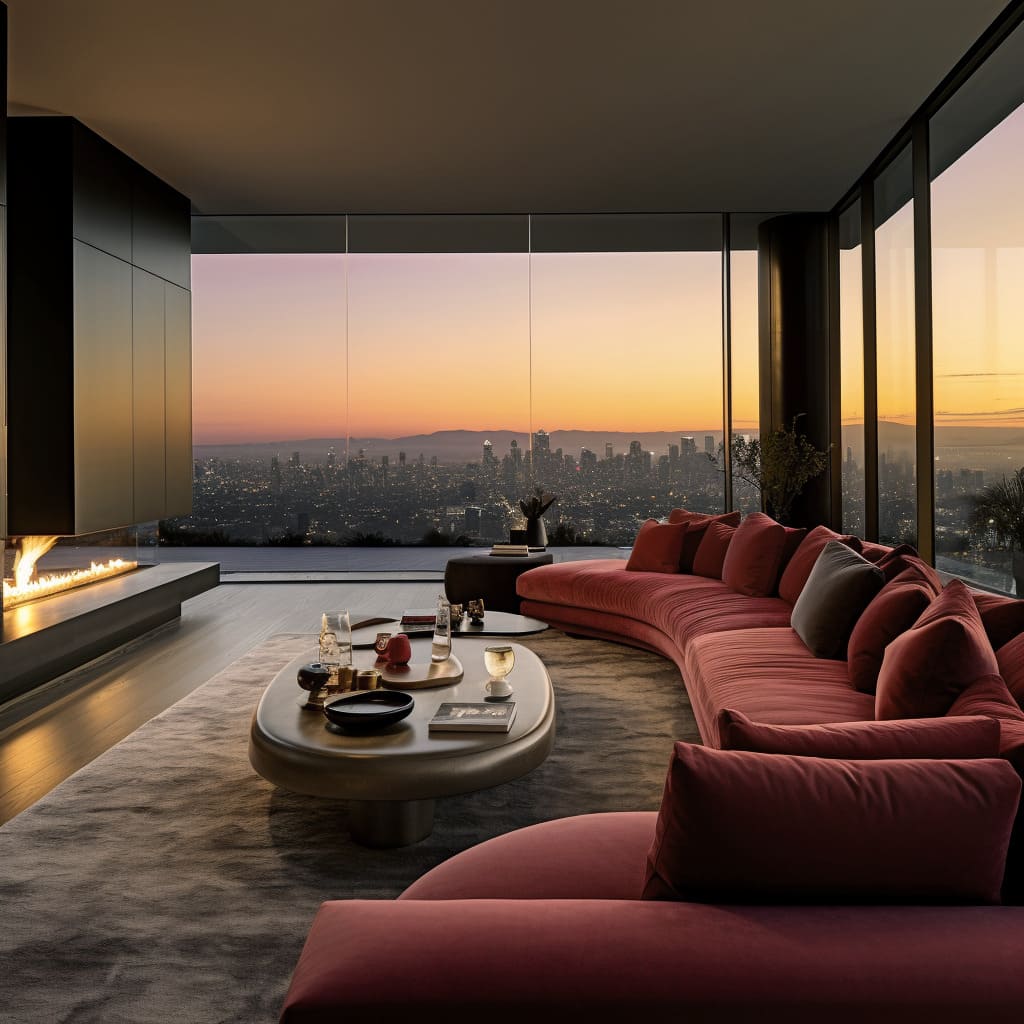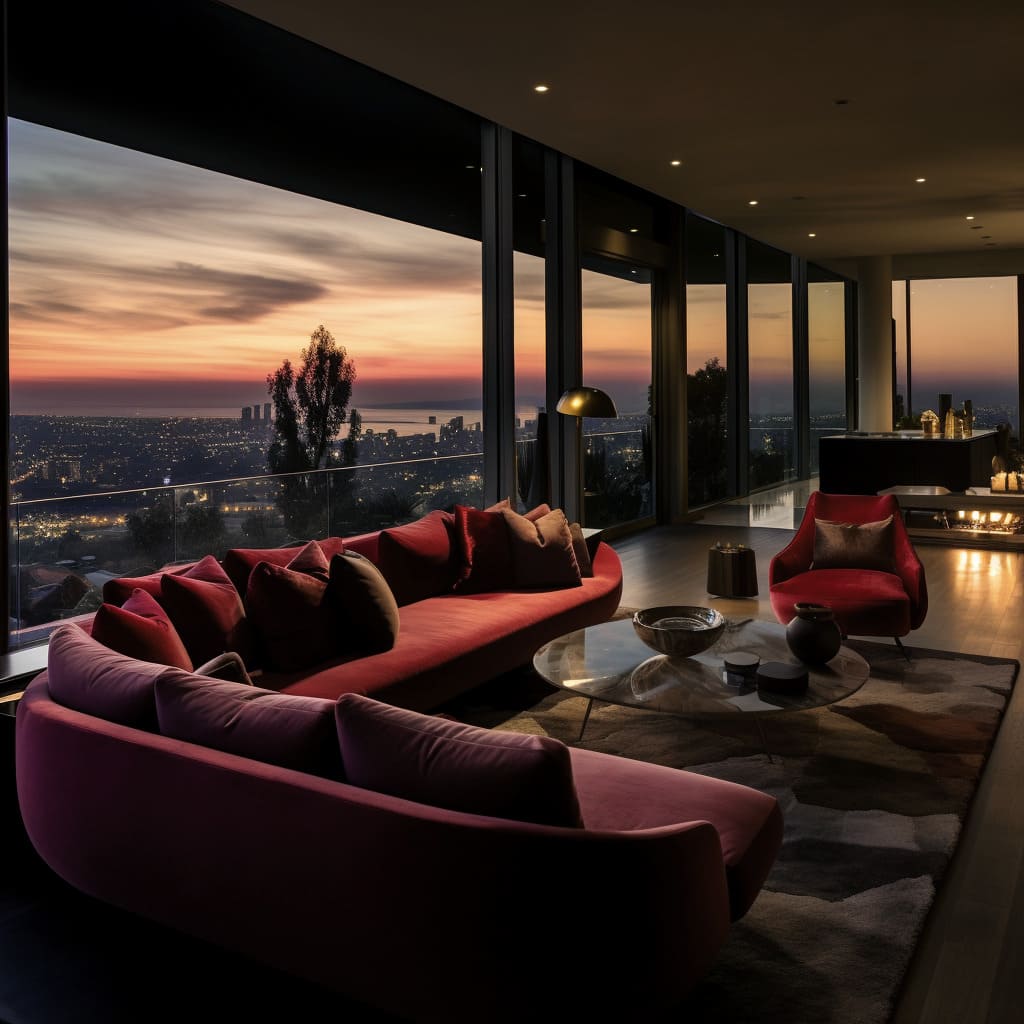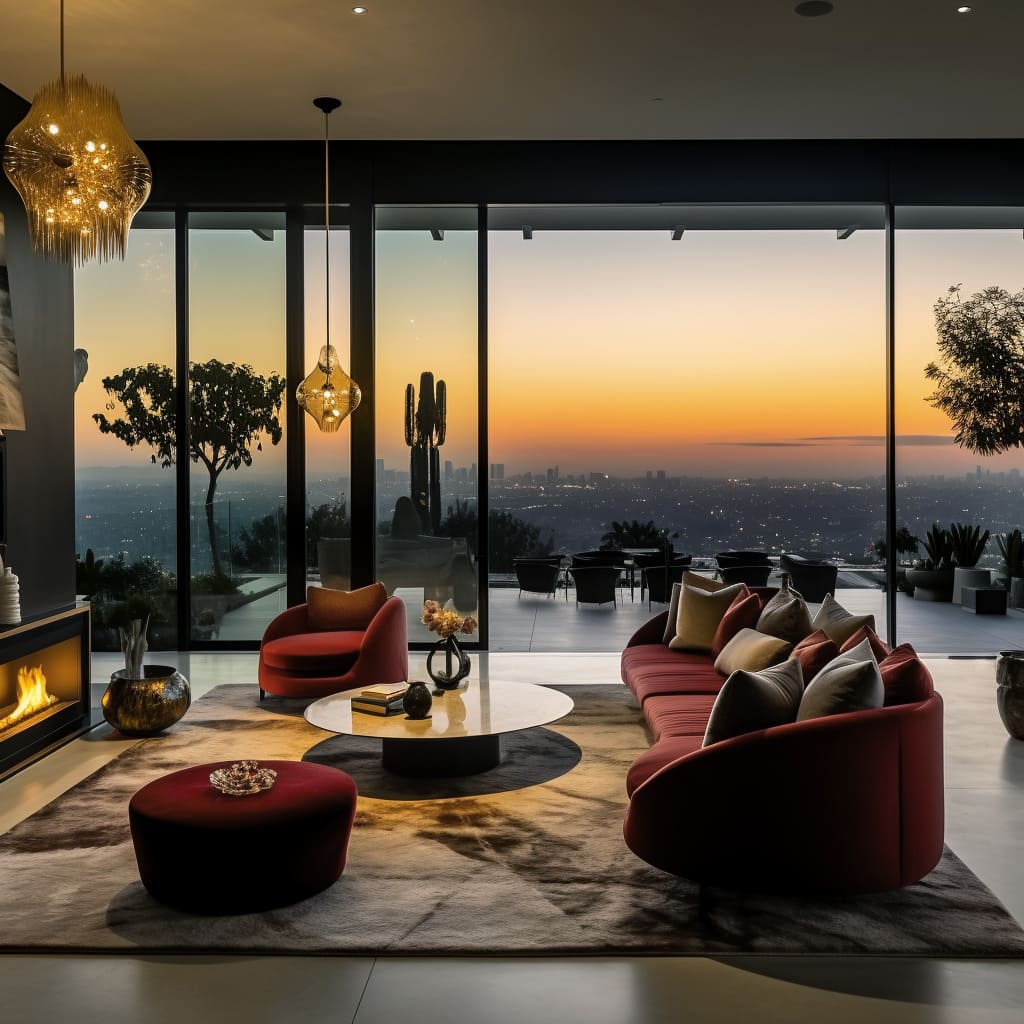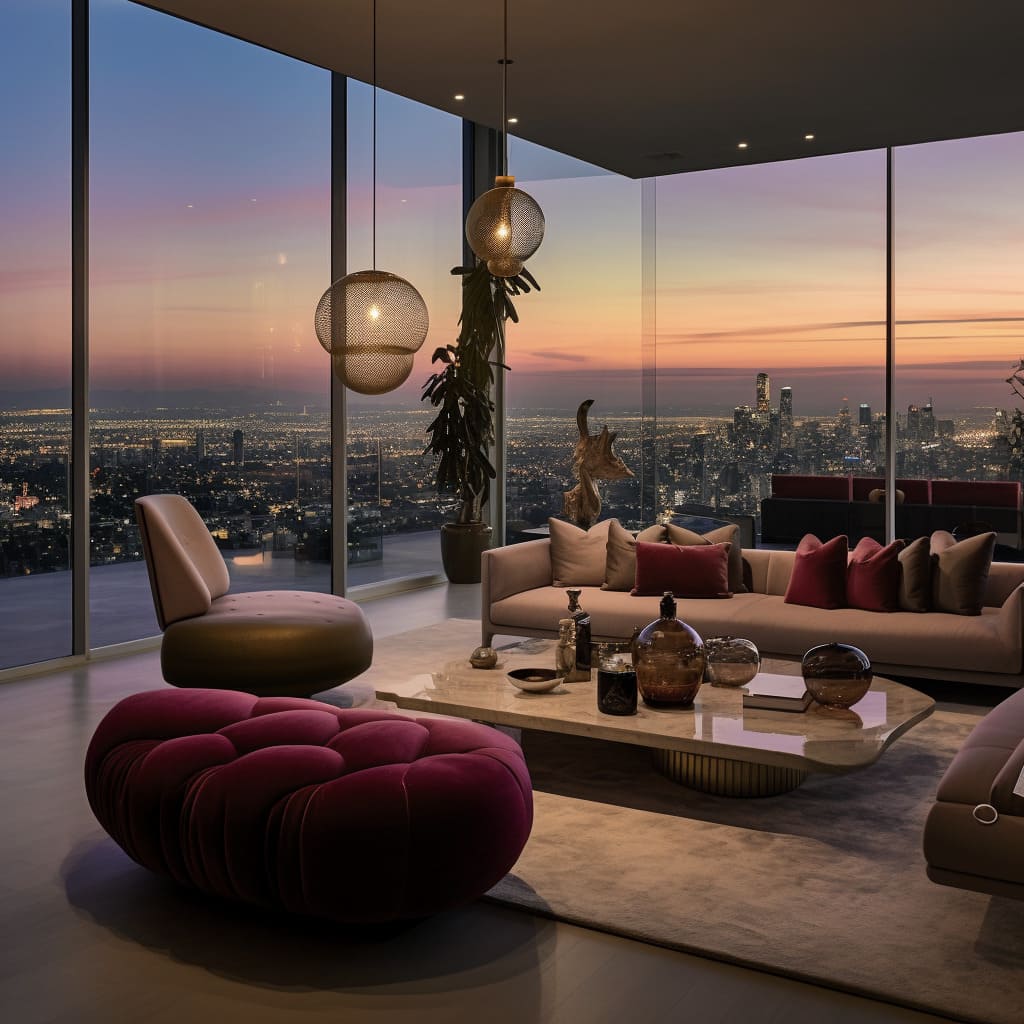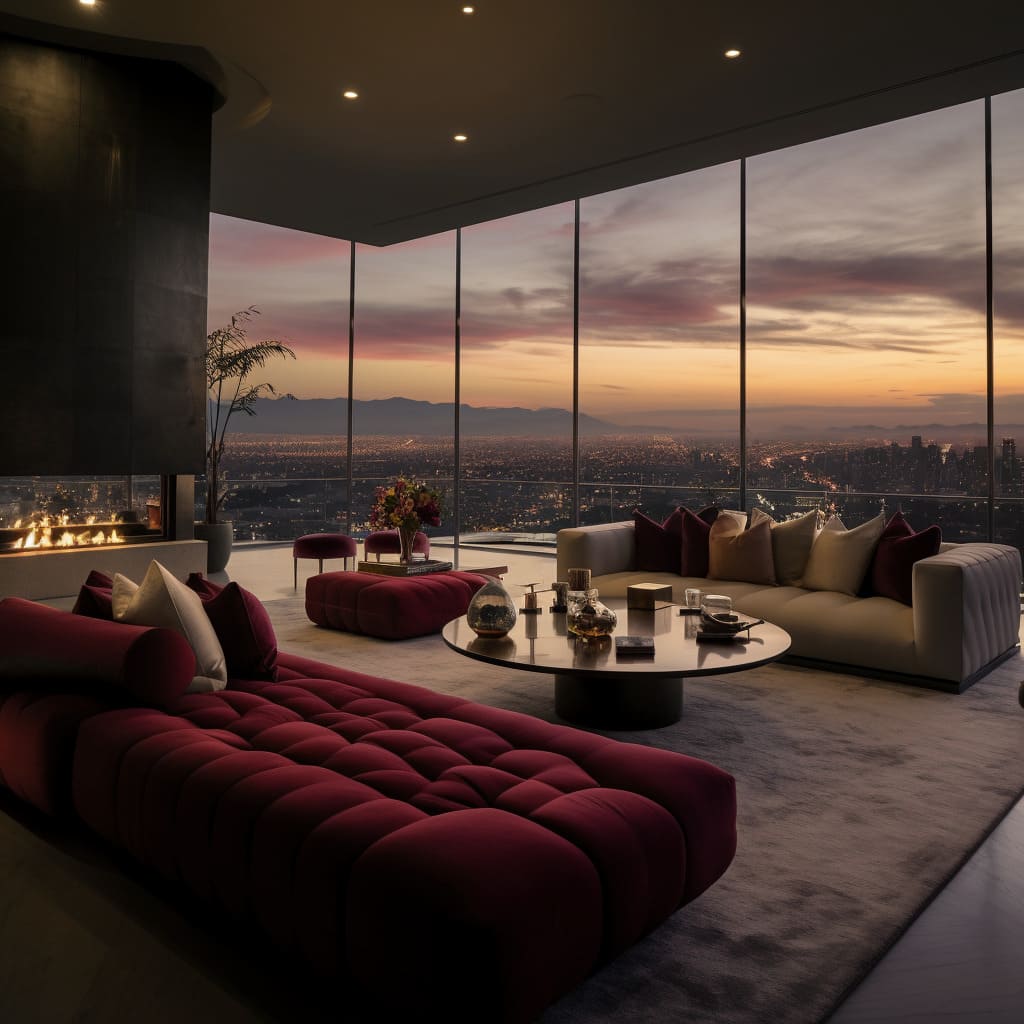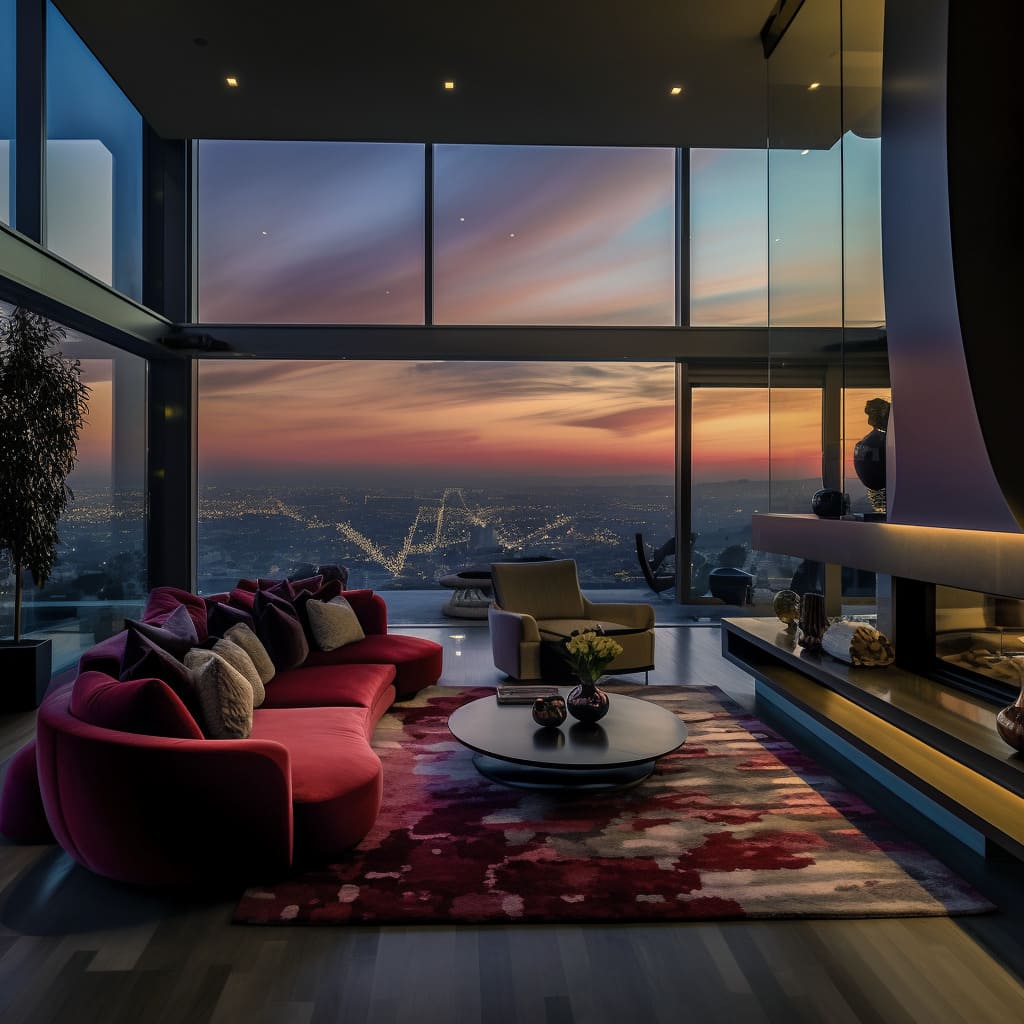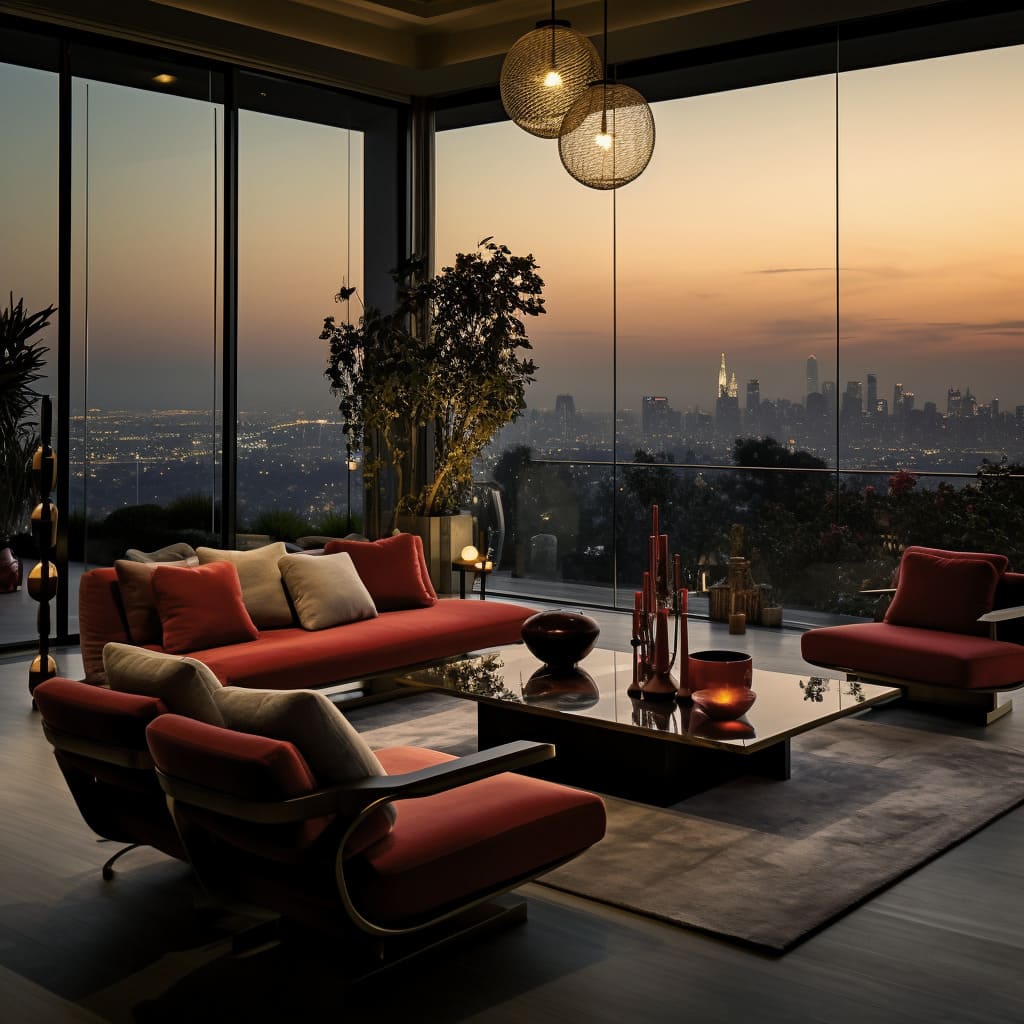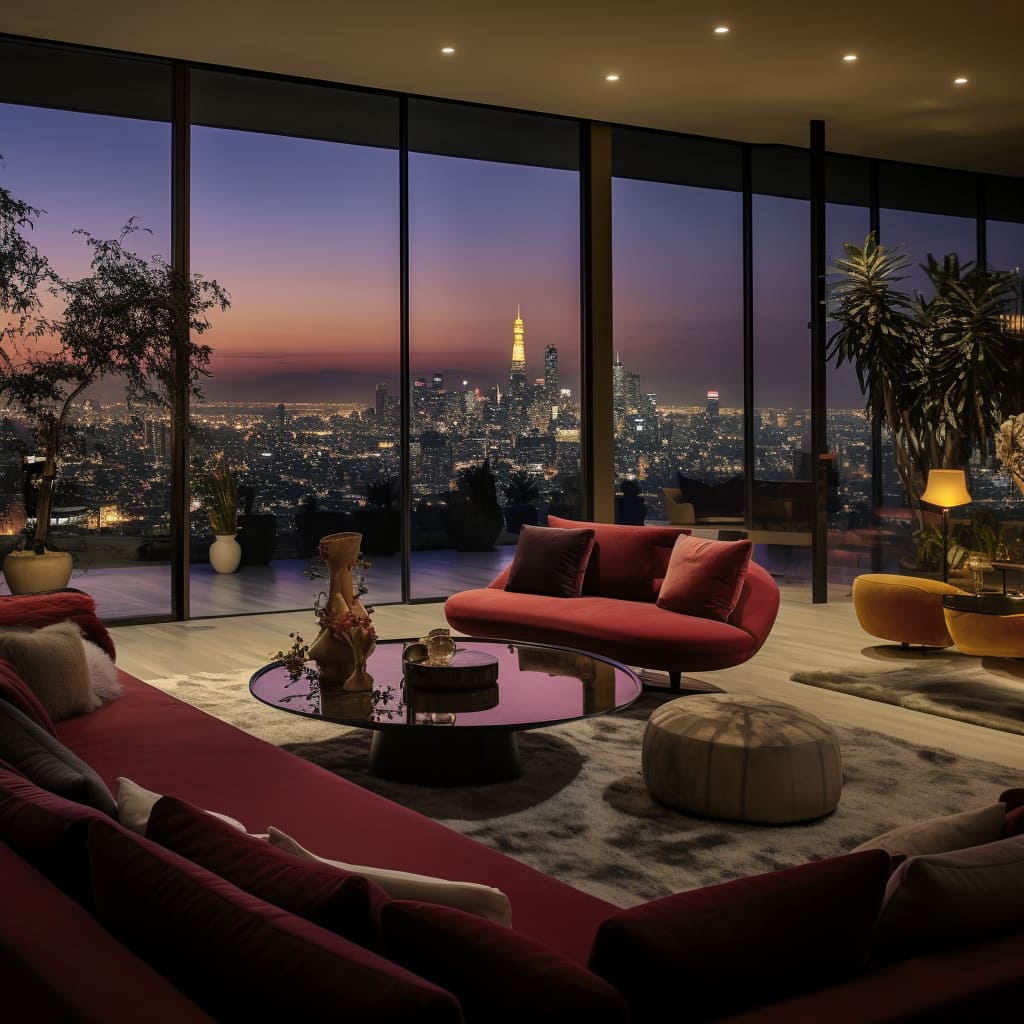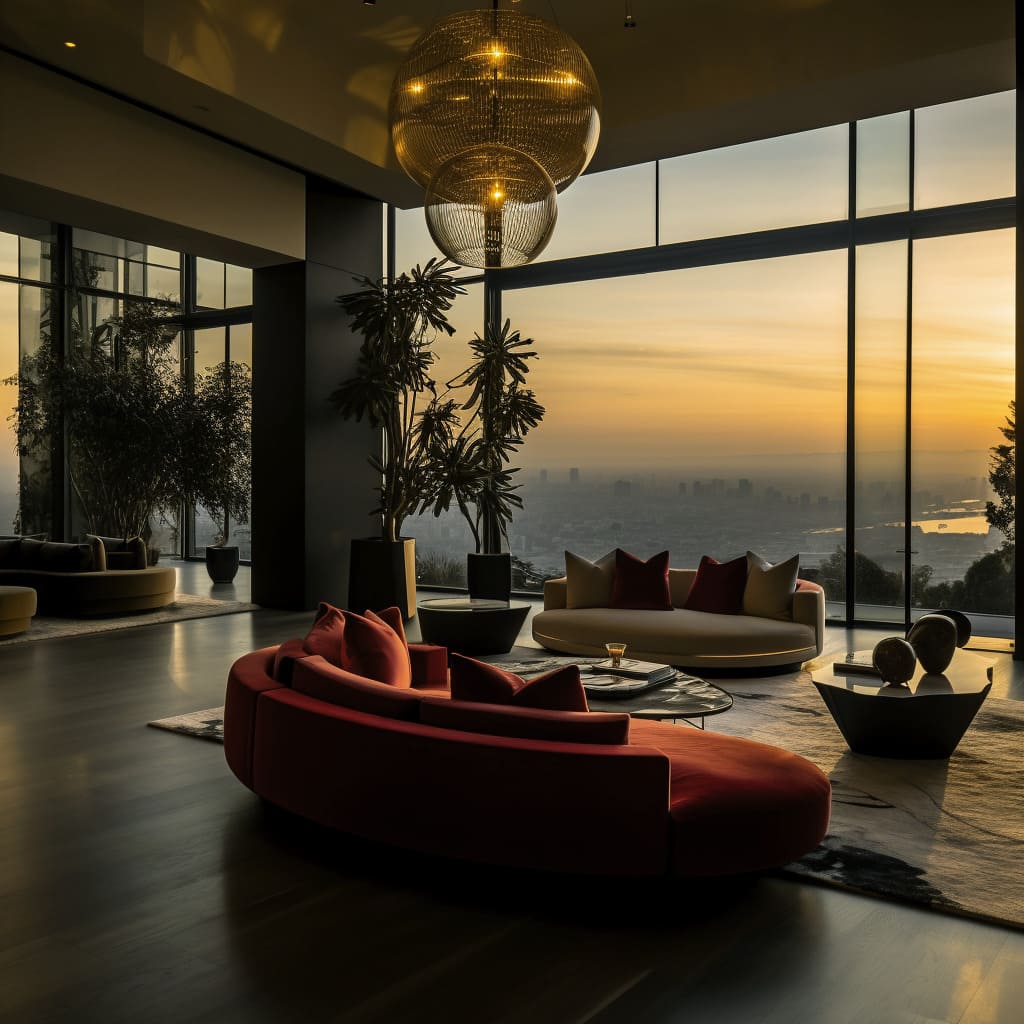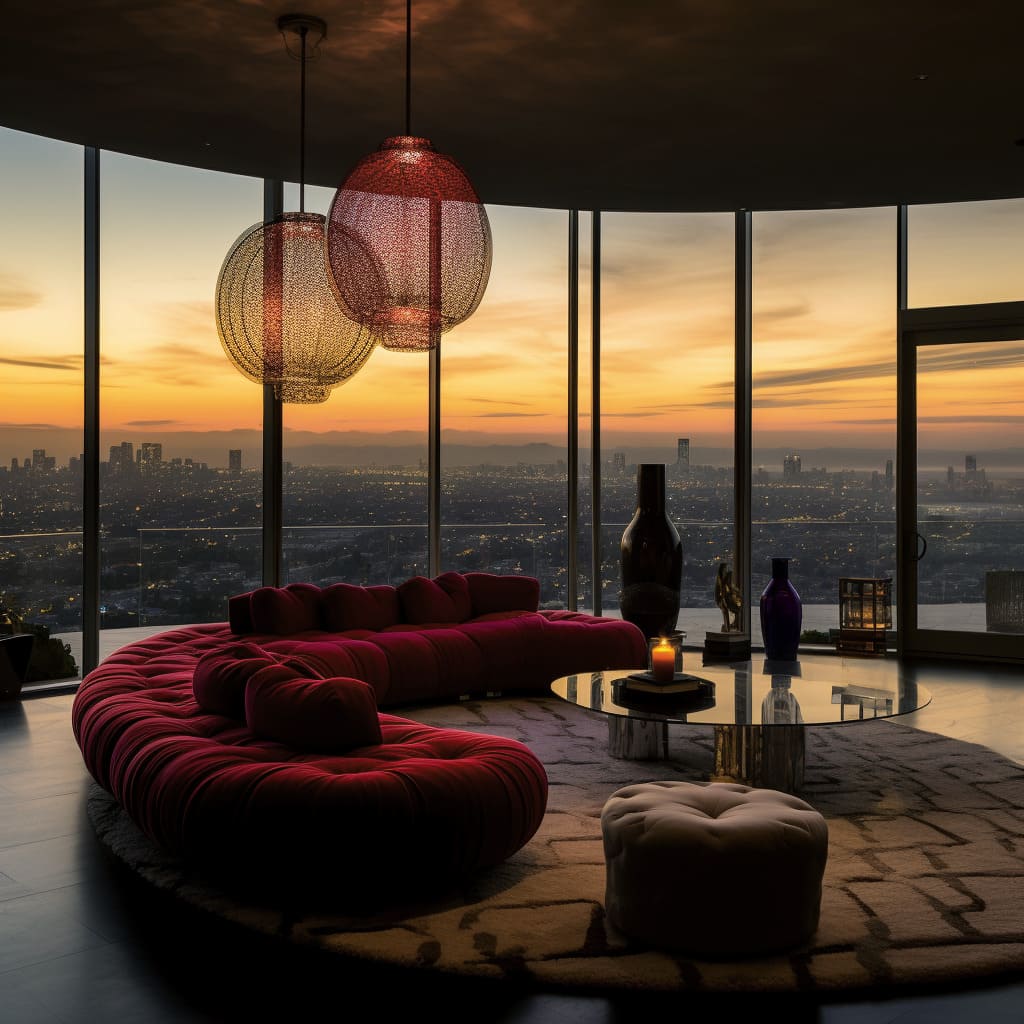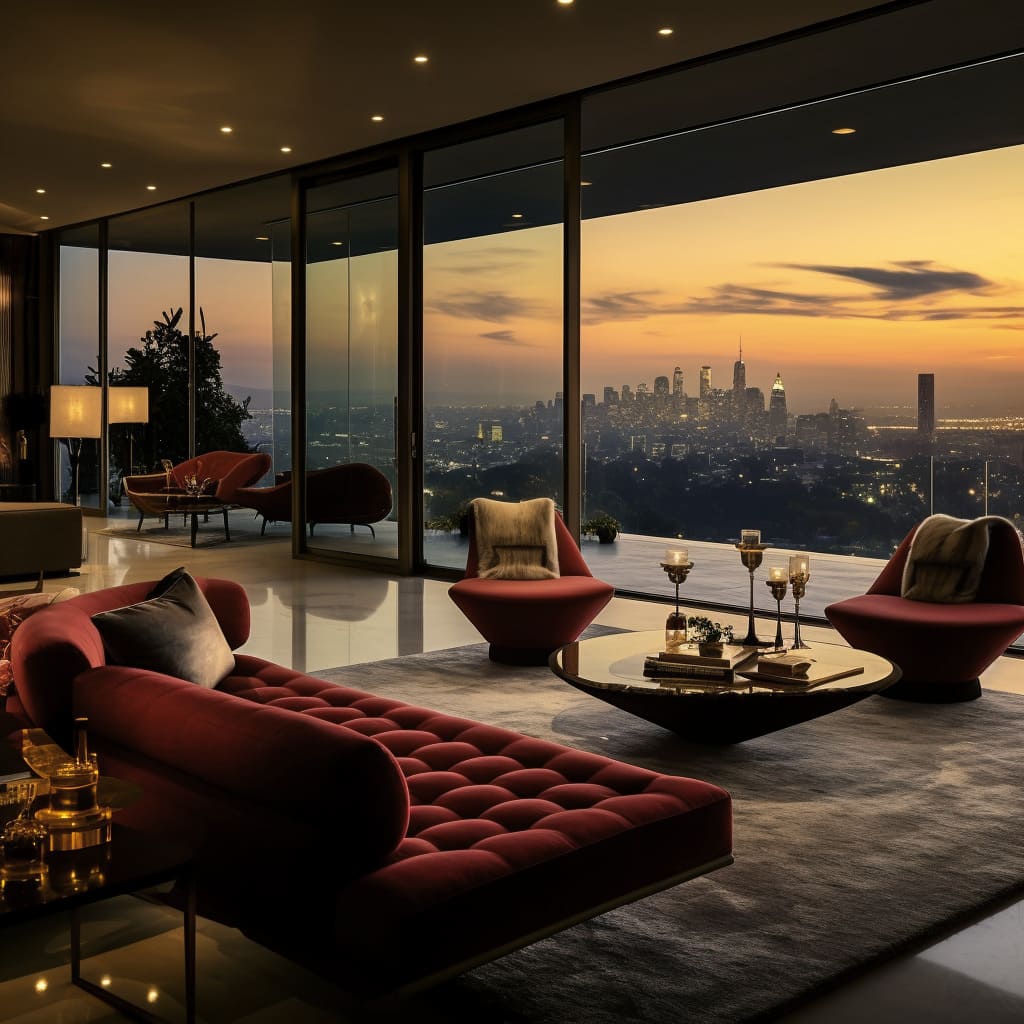Welcome to an insightful journey through the dynamic world of interior design, where each element is not just a part of decor but a step towards creating harmonious, functional, and aesthetically pleasing living spaces.
This article delves into the nuances of modern interior design, highlighting key aspects that define contemporary living environments. Our exploration includes
The Fusion of Geometry and Form: Understanding how the interplay of shapes and lines contributes to the overall balance and dynamism of a space.
Lighting as a Central Element: Examining the pivotal role of lighting in setting the room’s mood and enhancing its features.
Color and Texture for Atmosphere: Discovering how color schemes and textural elements can create a vibrant yet sophisticated ambiance.
Spatial Arrangement and Flow: Analyzing the importance of open-concept designs and strategic furniture placement in fostering openness and connectivity.
Minimalist Decor and Functionality: Observing the trend towards minimalism and how it emphasizes quality and simplicity in living spaces.
The interior design of this space creates an amazing and visually stunning setting.
Through this article, we aim to provide a comprehensive overview of how these elements come together to shape modern interiors. Whether you’re a professional designer, a homeowner looking to remodel, or simply someone with a passion for aesthetics, this exploration offers valuable insights into creating spaces that are not just livable but also an embodiment of modern elegance and comfort.
Interior Design: Integrating Cityscapes and Nature
This design approach celebrates the harmonious blend of indoor and outdoor environments, showcased by expansive windows that frame breathtaking views, especially at dusk. It’s a testament to modern luxury, with its open, fluid layouts enhancing the sense of space.
Furniture choices, featuring soft, curvy shapes and neutral shades, perfectly align with this modern theme, offering comfort and a sleek look. The introduction of a striking red rug introduces a warm, vibrant element, creating a delightful contrast with the more muted tones of the seating arrangements.
The atmosphere is further enriched by subtle lighting, be it through stylish chandeliers or a cozy fireplace, coupled with the natural charm of wooden flooring. This design strategy ultimately crafts a space that’s both upscale and inviting, ideal for relaxation and social gatherings, all while making the most of the stunning natural and urban scenery.
Color and Texture
This design philosophy emphasizes the strategic use of color and texture to create an environment that is both vibrant and sophisticated. A large, eye-catching rug with shades of red and purple serves as a central piece, adding depth and a rich palette to the space.
It not only draws attention but also unifies various seating areas, establishing a cohesive look.
The furniture around this key element strikes a perfect balance of style and comfort. Modern, clean lines merge with plush upholstery, creating inviting spaces.
Throw pillows in earthy tones enhance this blend, adding texture and comfort. The choice of neutral colors for larger furniture pieces allows the rug’s bold hues and accents to shine without overpowering the room.
A sleek, low-profile black table sits prominently on the rug, functioning as both a practical item and a visual anchor. Its contrast with the room’s lighter tones adds a modern flair.
Decorative items like a teapot set, books, and fresh flowers on the table infuse a personal, welcoming touch.
Lighting plays a crucial role, with subtle ceiling fixtures and additional lamps providing layered lighting. This setup is vital for crafting the ideal atmosphere for relaxation and socializing.
The room’s architecture also contributes to the design’s impact. A dramatic black column adds architectural interest, enhancing the space’s character.
Reflective surfaces on the furniture catch both natural and artificial light, creating a dynamic ambiance that evolves from day to night.
Creating Harmony with Geometry
This approach to interior design utilizes geometry and form to establish a balanced and harmonious environment. The focus is on clean, geometric lines and shapes that introduce order and a contemporary feel.
The use of circular elements in furniture and décor, like round ottomans and coffee tables, softens the sharper lines of walls, fireplaces, and large windows. This mix of curves and straight lines adds a dynamic visual rhythm, creating energy and flow within the space.
Furniture is thoughtfully placed to optimize both functionality and visual appeal. Seating arrangements are designed for easy conversation, while also allowing enjoyment of any impressive views, balancing comfort with aesthetic considerations.
The room’s design features a fireplace that acts as an architectural centerpiece, harmonizing with the room’s overall geometry. Its horizontal linearity under a floating shelf, aligned with the horizon visible through the windows, creates a seamless connection between the indoors and outdoors.
The warm glow of the fire contrasts with the cool glass surfaces and the minimalist tones of the furniture, adding coziness to the modern setting. The ceiling’s design also plays a significant role in enhancing the room’s ambiance.
An overhanging section gives the illusion of a floating roof, expanding the sense of space.
Recessed lighting around the perimeter adds a soft glow, accentuating architectural details without overshadowing the natural light. Incorporating natural elements, such as indoor plants, adds a touch of greenery and a connection to nature, enhancing the tranquility of the space.
The Role of Lighting in The Interior Design
Lighting plays a crucial role in defining the atmosphere and mood of an interior space. A standout feature in this approach is the sculptural light fixture, reminiscent of a modern chandelier, with, for example, clustered spherical pendants.
The pendants, with their metallic finish, reflect both the ambient light within the room and the city lights outside, adding depth and contributing to a layered lighting concept.
This feature serves as both a source of illumination and an artistic complement to the room’s contemporary style. Ambient lighting is carefully managed to ensure a soft, indirect glow that minimizes harsh contrasts.
Backlit panels on the walls emit a warm light that emphasizes vibrant colors, like a red wall, creating a dramatic backdrop.
This subtle lighting approach highlights the textural qualities of various materials, from plush furniture fabrics to sleek glass and metal finishes. The strategic interplay of light and shadow within the room adds depth and volume.
This allows each piece of furniture and decor to be distinct yet integral to the overall design cohesion.
Lighting also showcases the beauty of the wooden flooring, enhancing its rich tones and natural grain patterns, which add warmth to the modern setting. A distinct feature is the mezzanine level, overlooking the living area and adding depth and openness to the room.
The black metal balustrade of the mezzanine ensures a visual link between the levels while preserving the open-concept layout.
Natural light floods in through large windows and glass doors, enhancing the spaciousness and merging indoor and outdoor spaces, thereby softening the boundary between them.
In conclusion, the lighting design in this space underscores the significance of lighting in interior design. It’s not only essential for visibility but also for creating an environment that is welcoming, functional, and aesthetically pleasing.
The careful selection and placement of light fixtures, in harmony with the room’s architecture and furnishings, establish a luxurious and harmonious atmosphere.
Designing for Flow and Openness in Modern Interiors
In this interior design approach, the spatial arrangement and flow are carefully planned to foster a sense of openness and ease of movement. The open-concept layout is a key feature, allowing the living area to seamlessly merge into other parts of the home without the disruption of walls or barriers.
This design choice creates an airy, expansive atmosphere that is both luxurious and welcoming.
Furniture placement is strategic, subtly defining different functional zones within the larger area, like the seating and dining spaces. This maintains a unified appearance, ensuring visual continuity throughout.
The sofa, especially, with its generous curves, serves as a soft divider. Positioned with its back to the rest of the home, it forms a cozy enclave centered around the fireplace and the view.
This curvature encourages intimate social gatherings while allowing occupants to enjoy panoramic views through large windows.
A sectional sofa is often chosen for its ample seating, perfect for entertaining or larger families. The coffee table, placed centrally in the seating arrangement, enhances functionality.
Its round shape and significant size anchor the seating area, complementing the sofa’s curves and grounding the space.
A minimalist approach to decor aids in creating a serene atmosphere. The absence of clutter and selective decorative choices, like carefully chosen books and art pieces, reflect a preference for quality and simplicity.
The room’s flow is also emphasized by continuous flooring, which extends throughout the space without interruptions or material changes. This unifies the area, while subtle color variations in the flooring provide contrast and harmony with the overall color scheme.
In summary, this design method creates a living space that is aesthetically appealing and functional. It embodies a modern lifestyle that values openness, connectivity, and elegant simplicity.
In conclusion, this exploration of interior design demonstrates how a thoughtful and innovative approach can transform living spaces into areas that are not only visually stunning but also deeply functional and harmonious.
From the strategic use of lighting and color to the meticulous arrangement of furniture and the embrace of open-concept layouts, each aspect contributes to creating environments that are both inviting and reflective of modern living standards.
These designs emphasize a balance between aesthetic appeal and practicality, acknowledging the evolving needs of contemporary lifestyles.
The focus on creating a seamless flow within spaces, along with the integration of natural elements and the careful selection of materials, speaks to a deeper understanding of how our environments impact our daily lives and wellbeing.
As we move forward, these principles in interior design offer a blueprint for spaces that are not only beautiful and trendy but also nurturing and inclusive.
They underscore the importance of considering the holistic experience of inhabitants, ensuring that every design choice enhances the quality of life.

